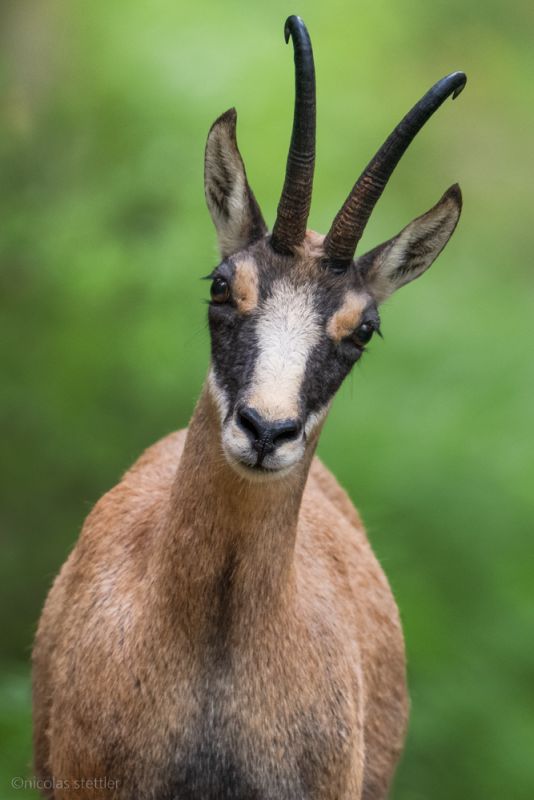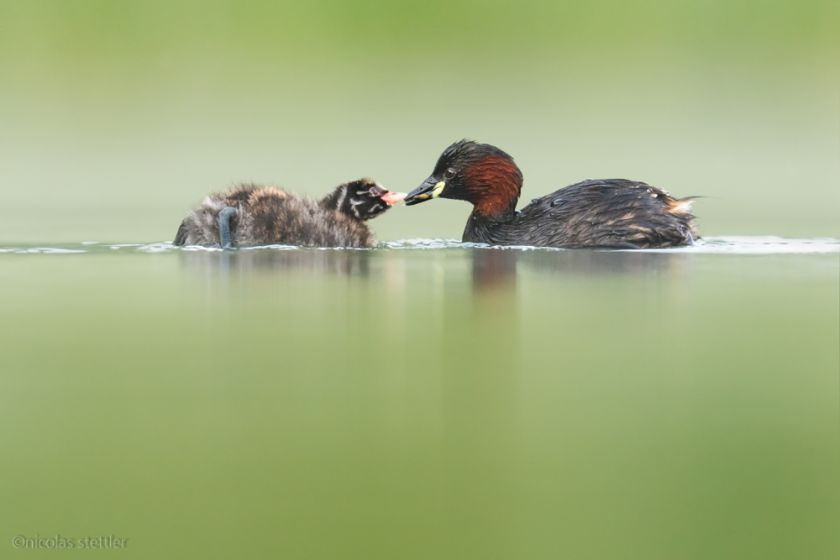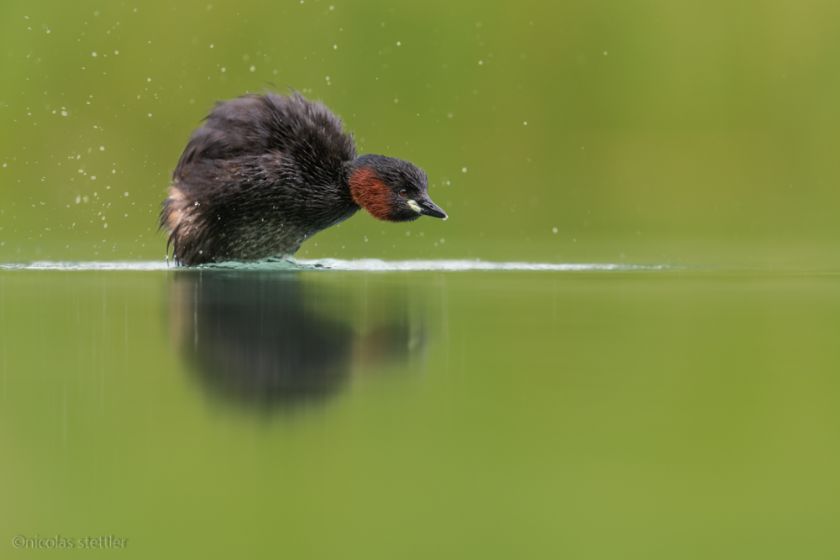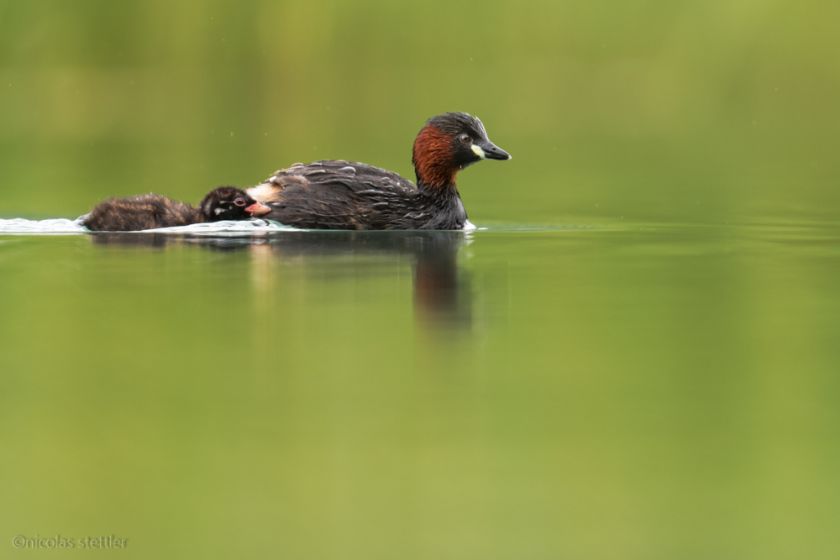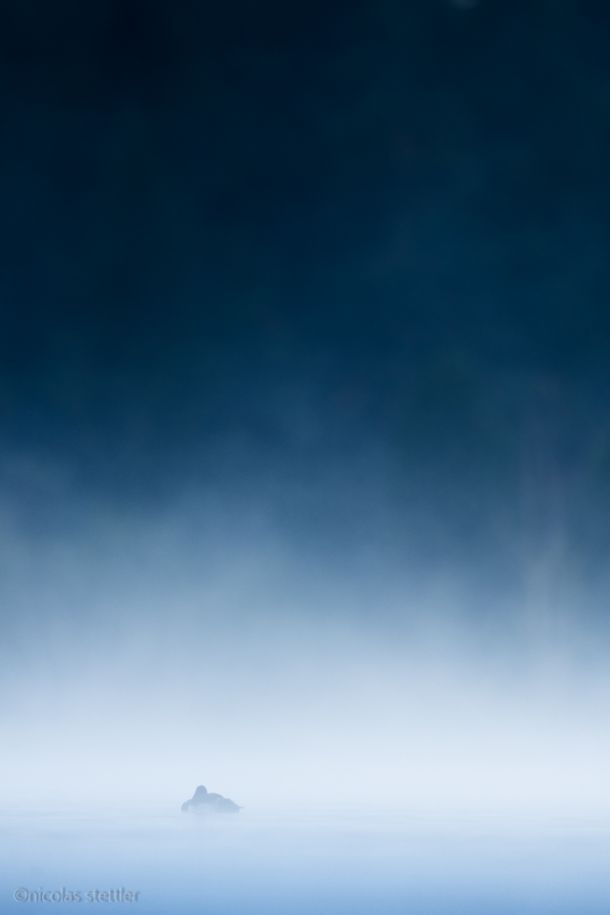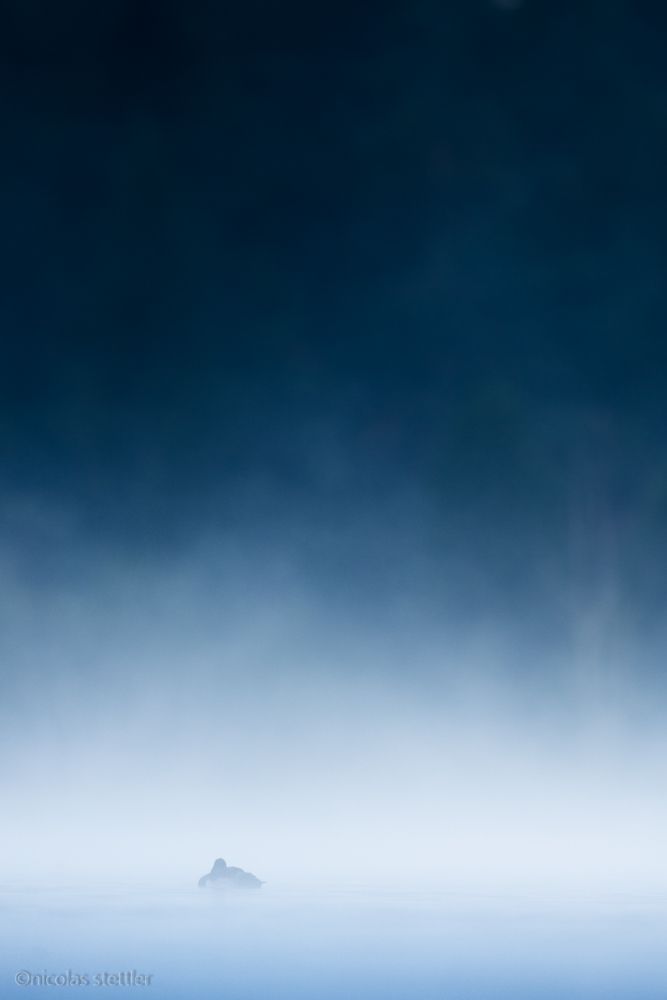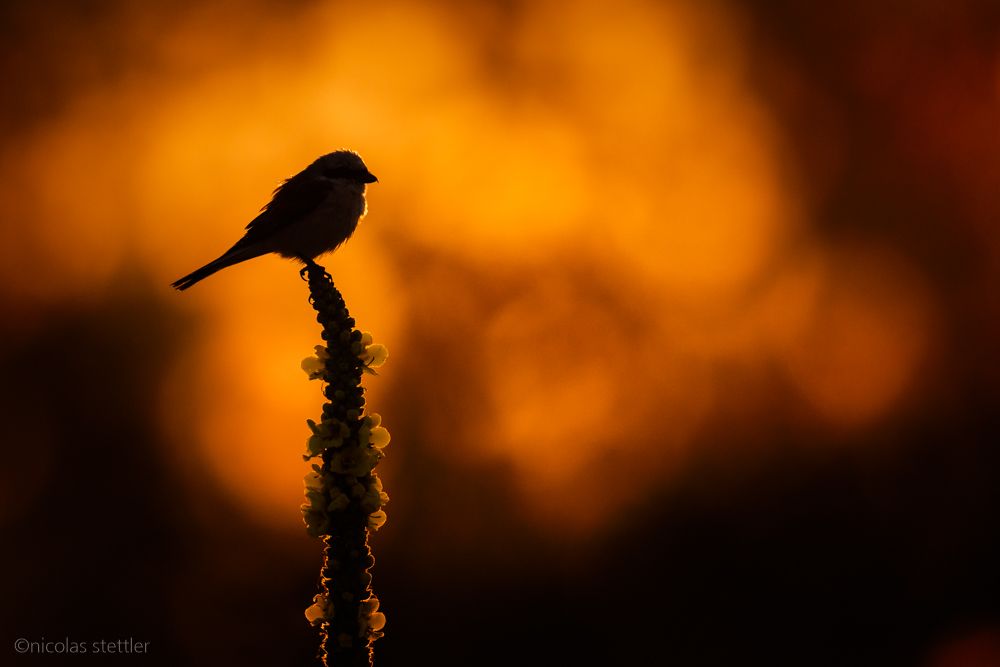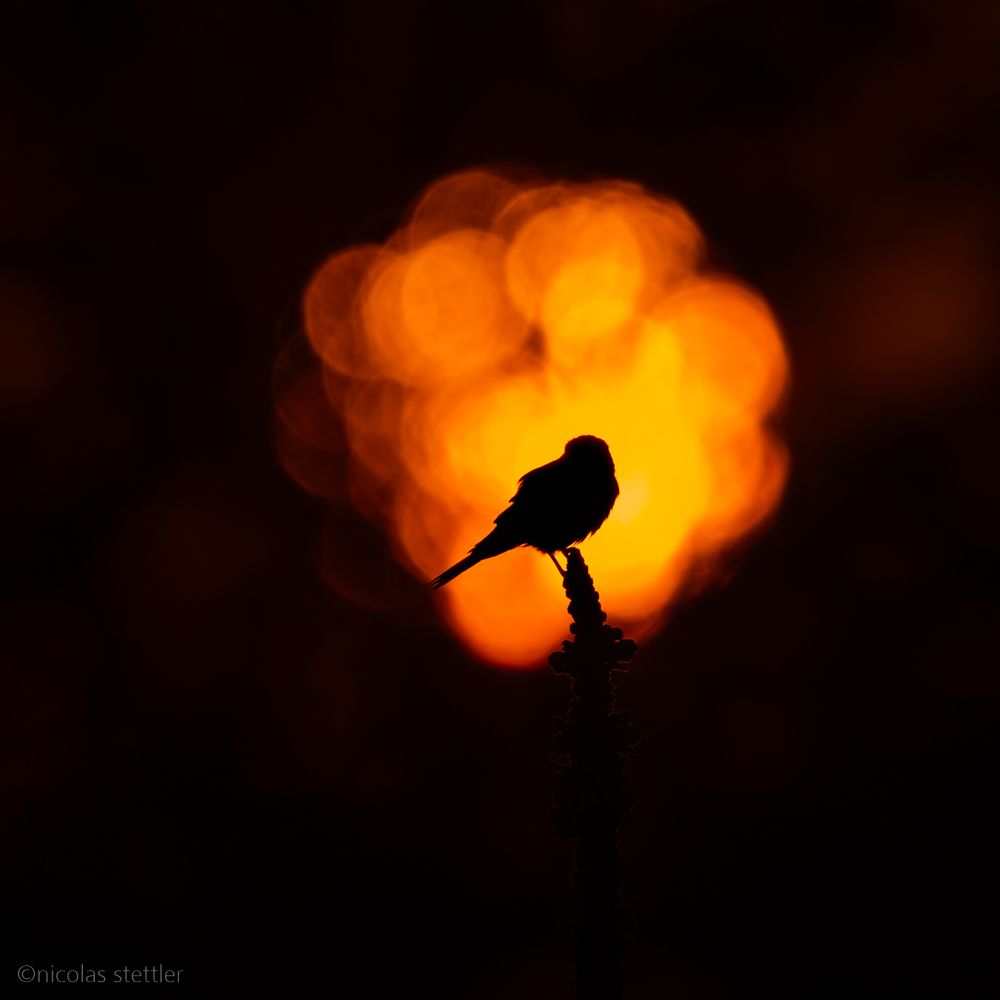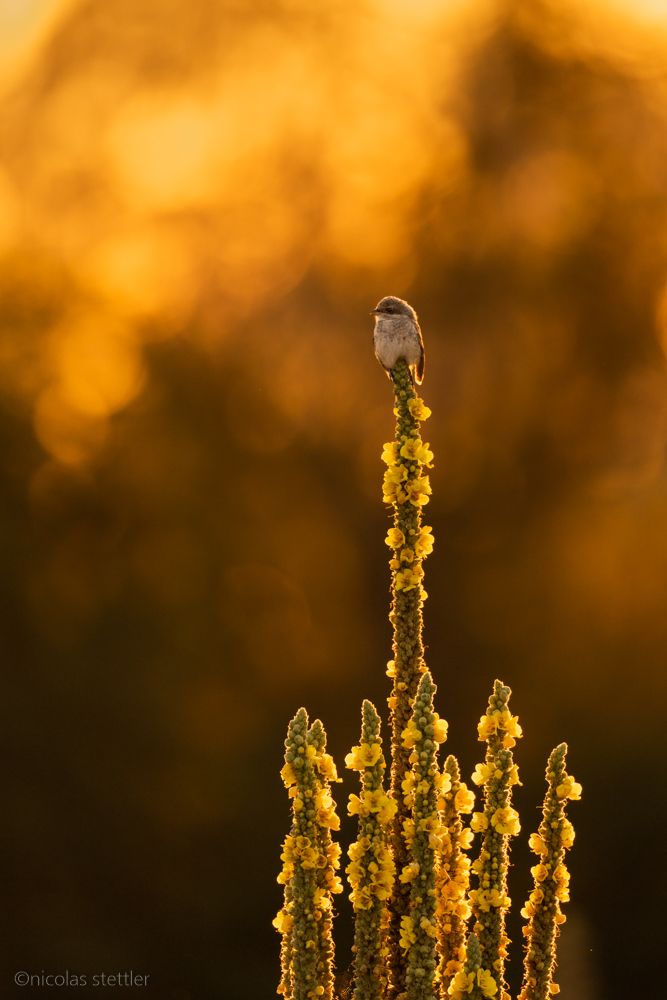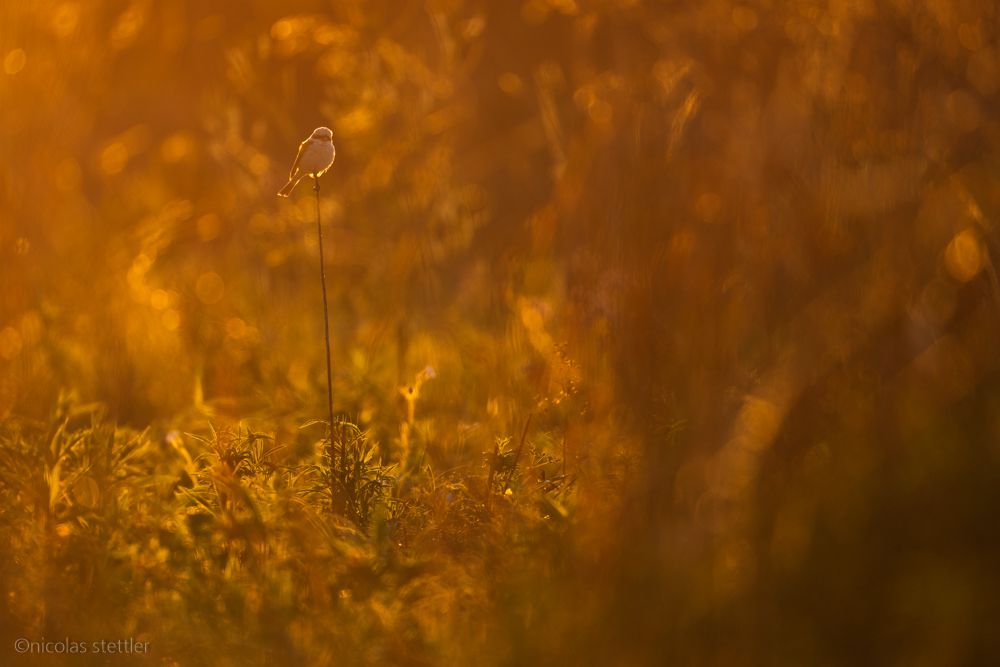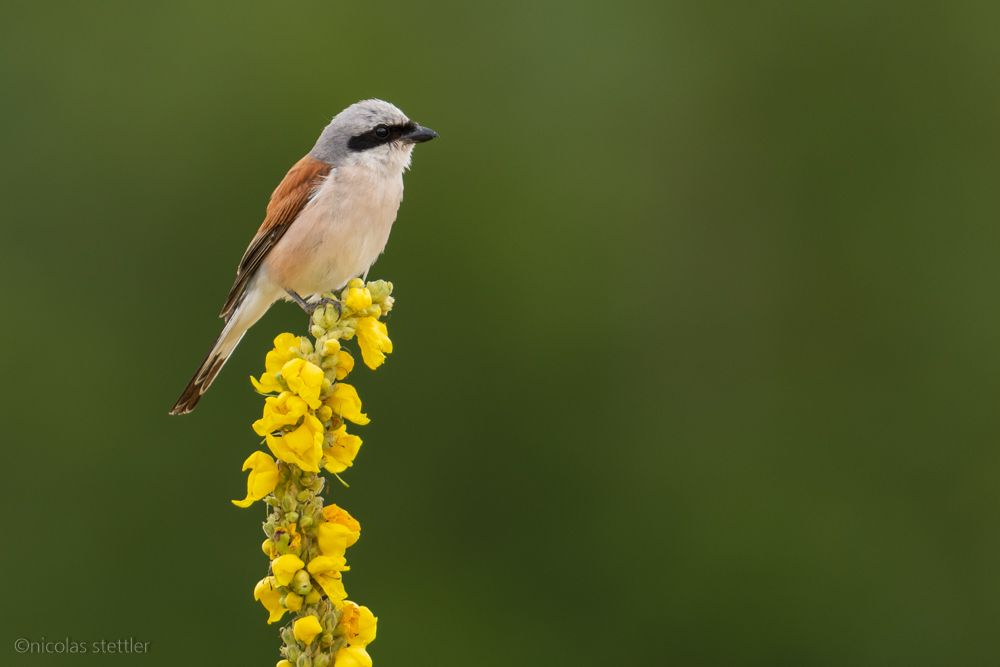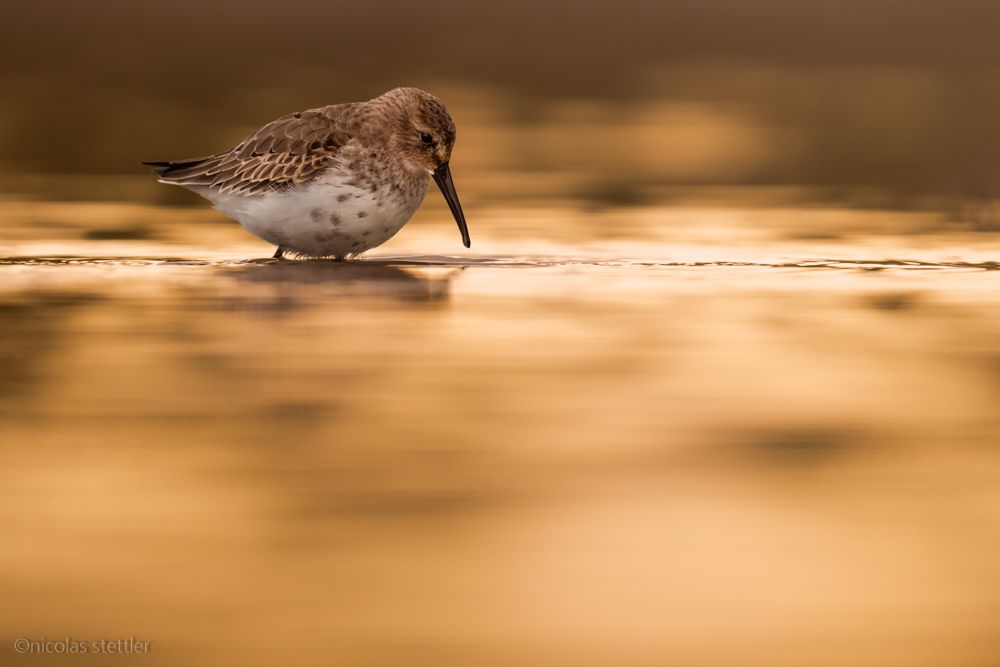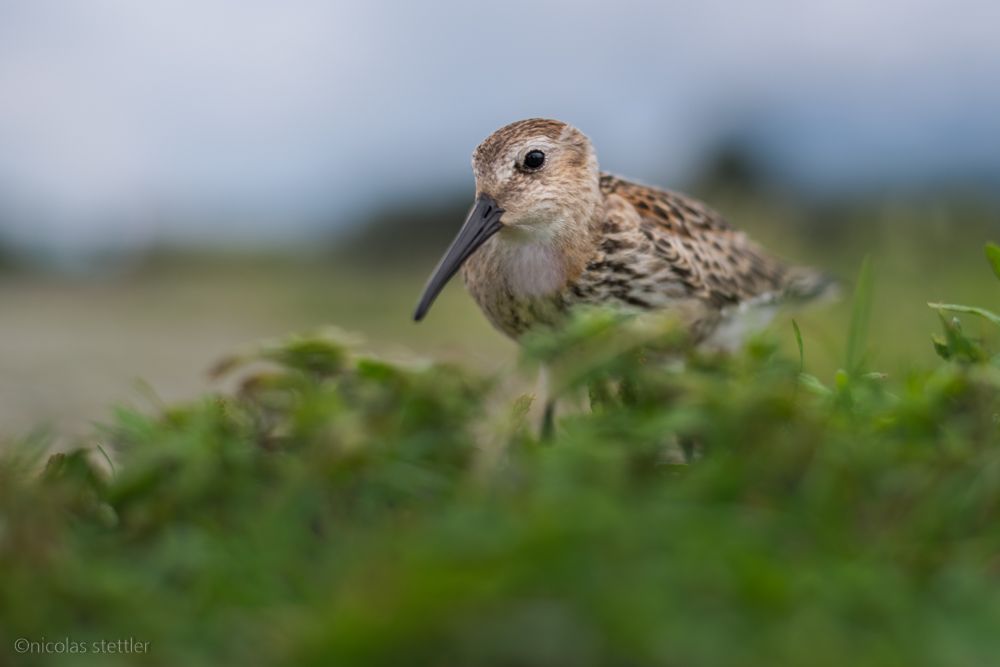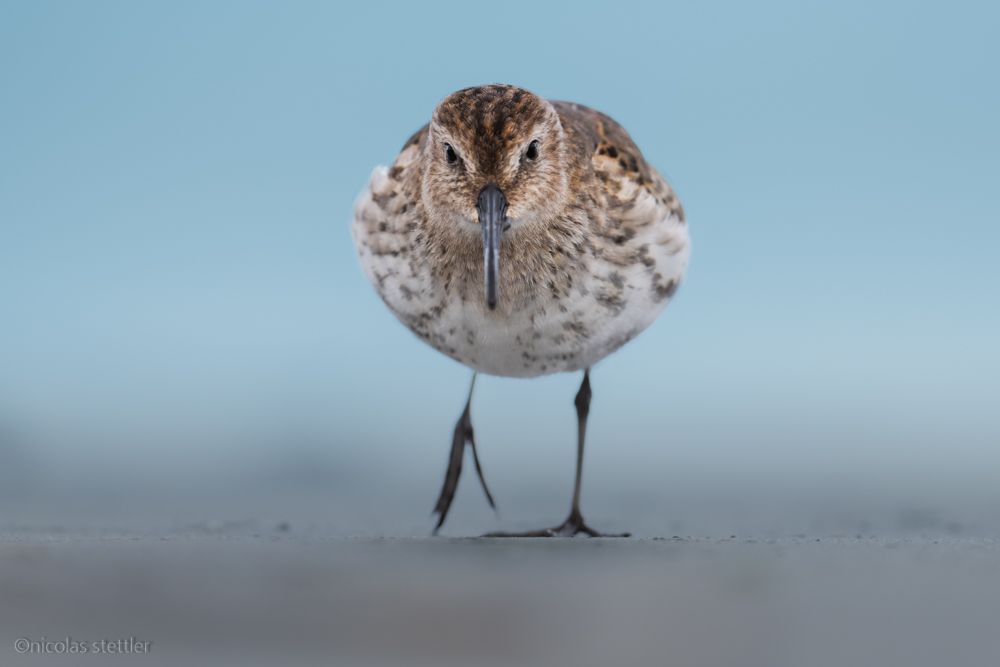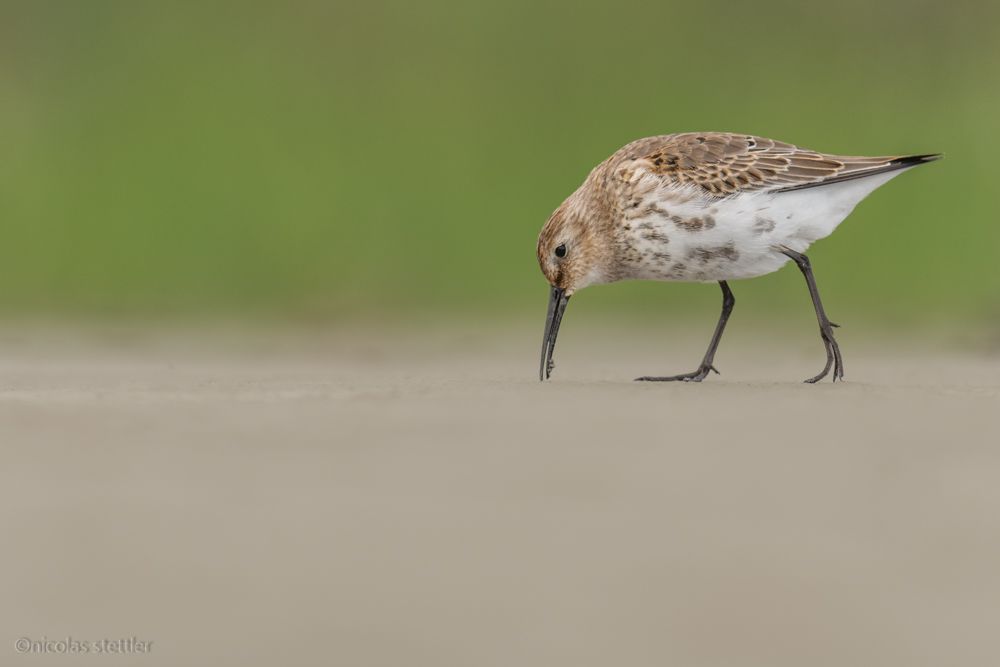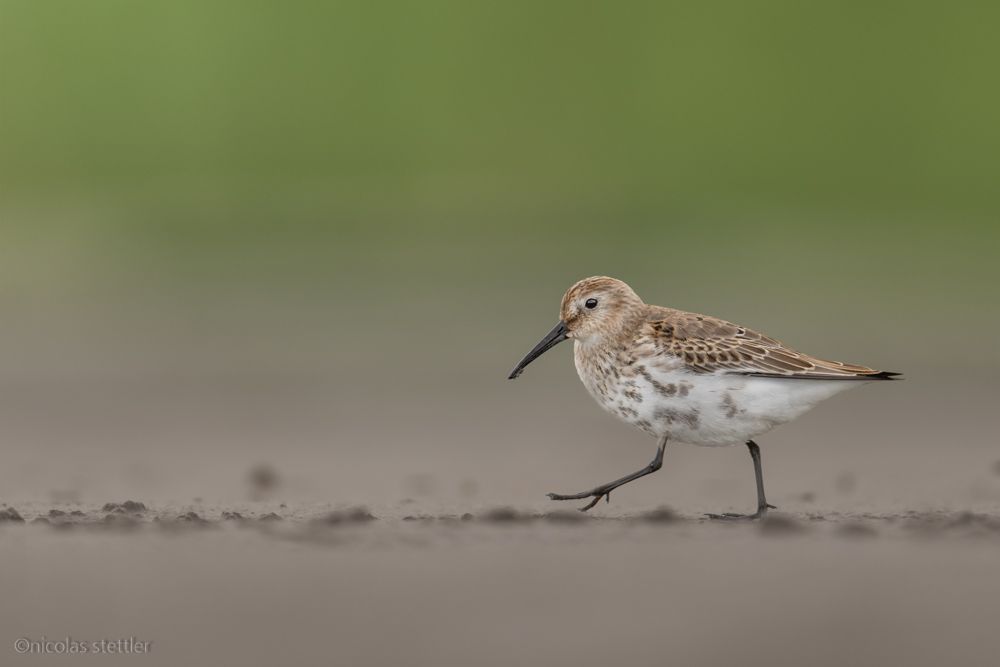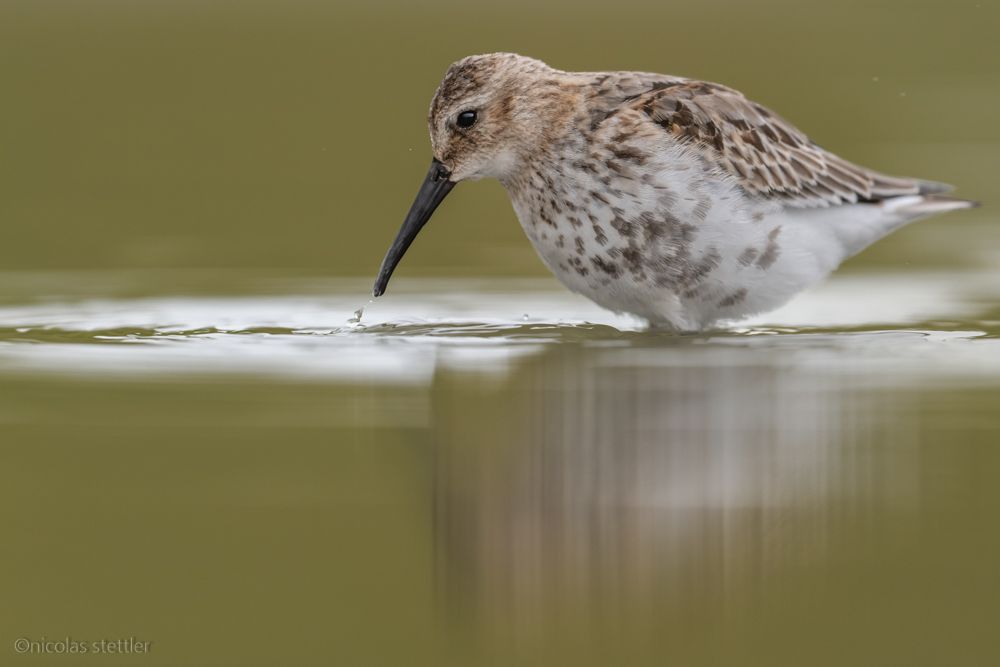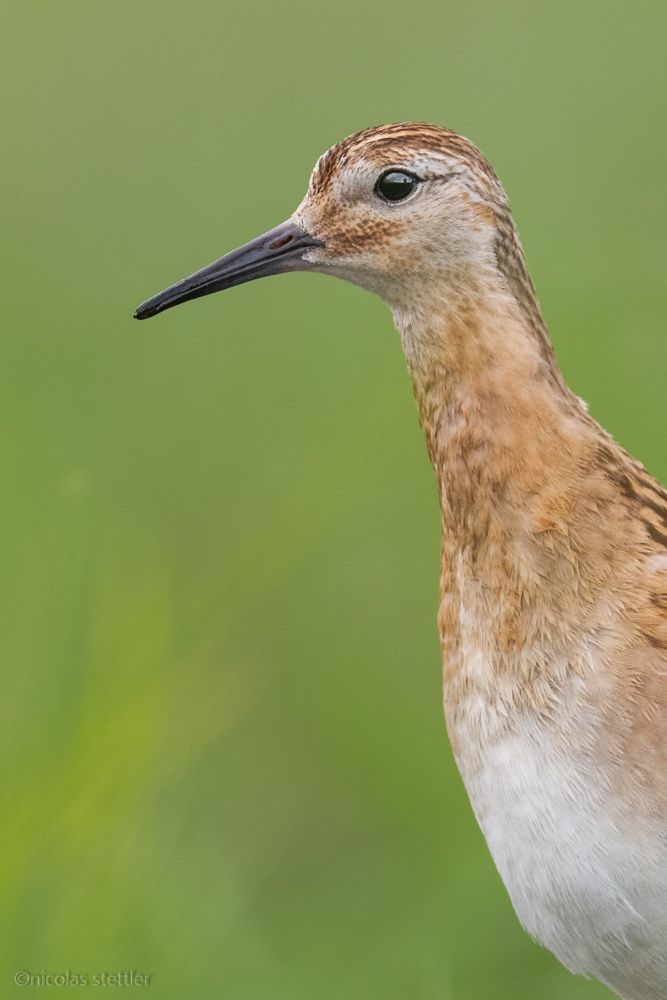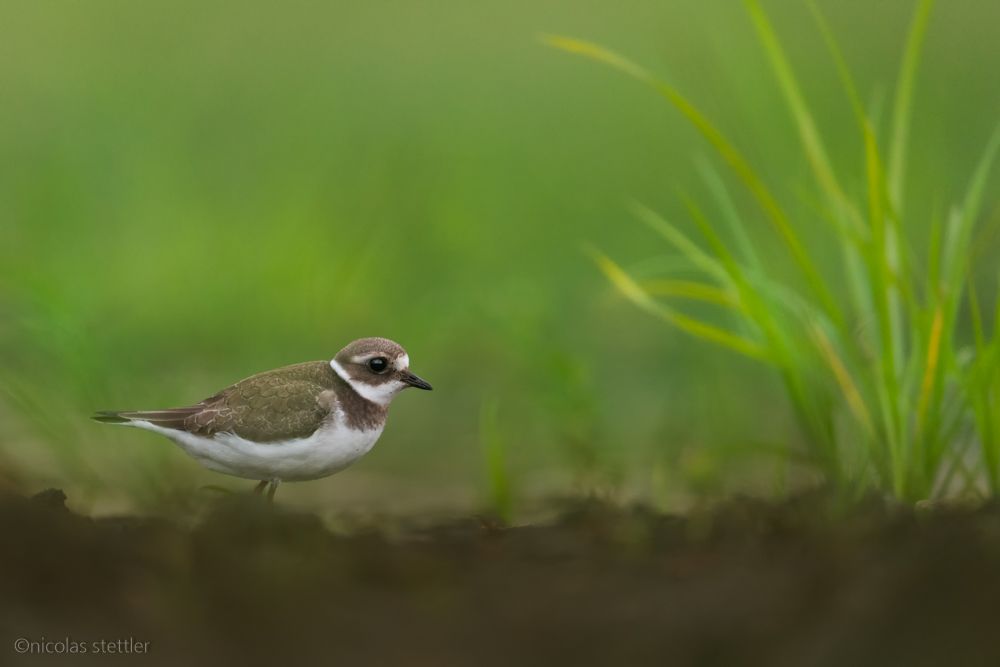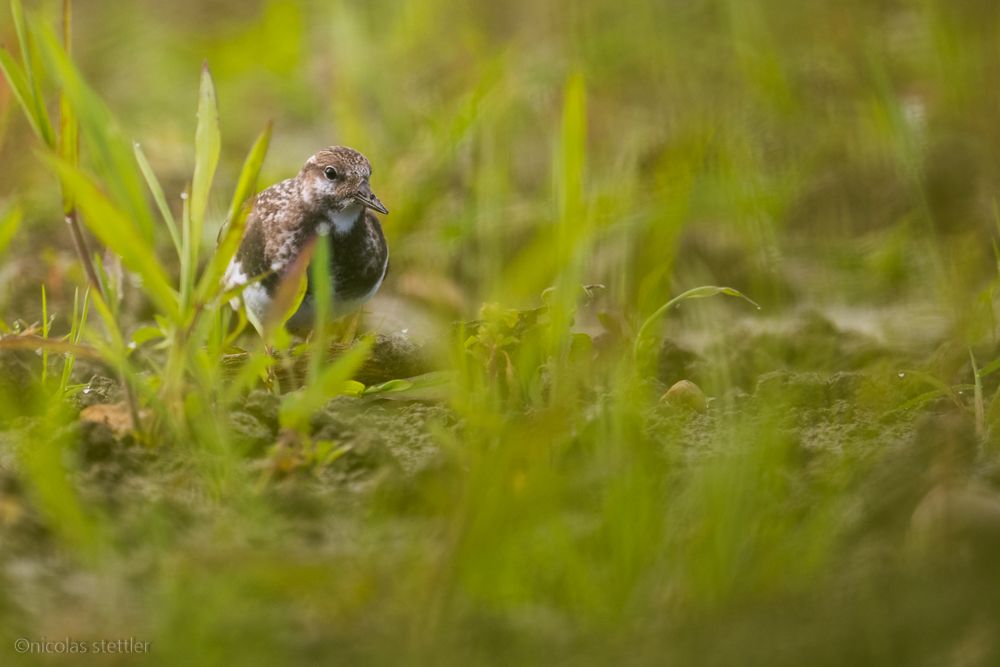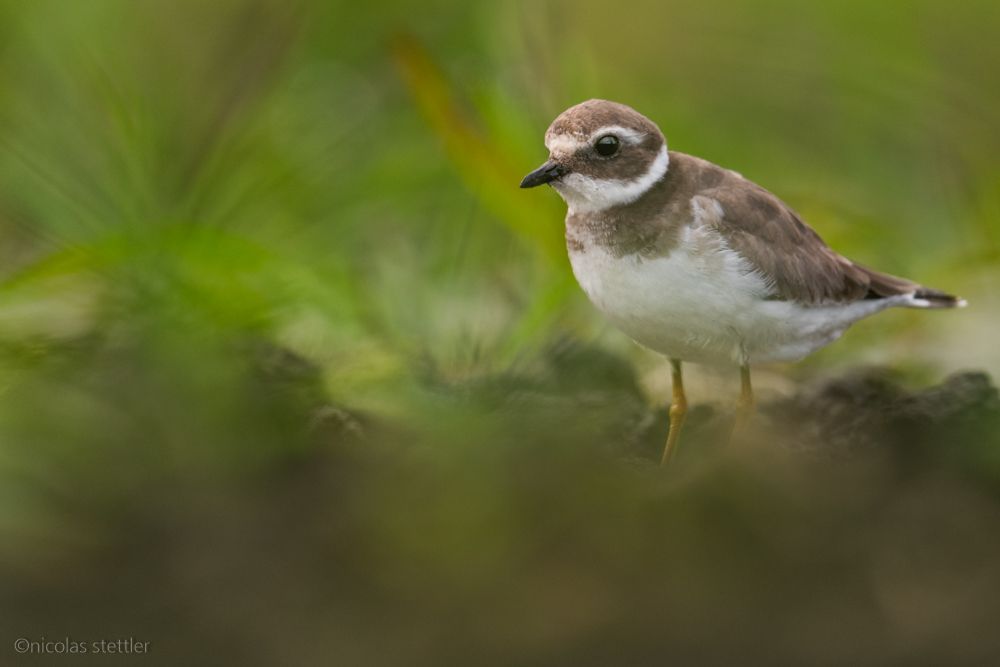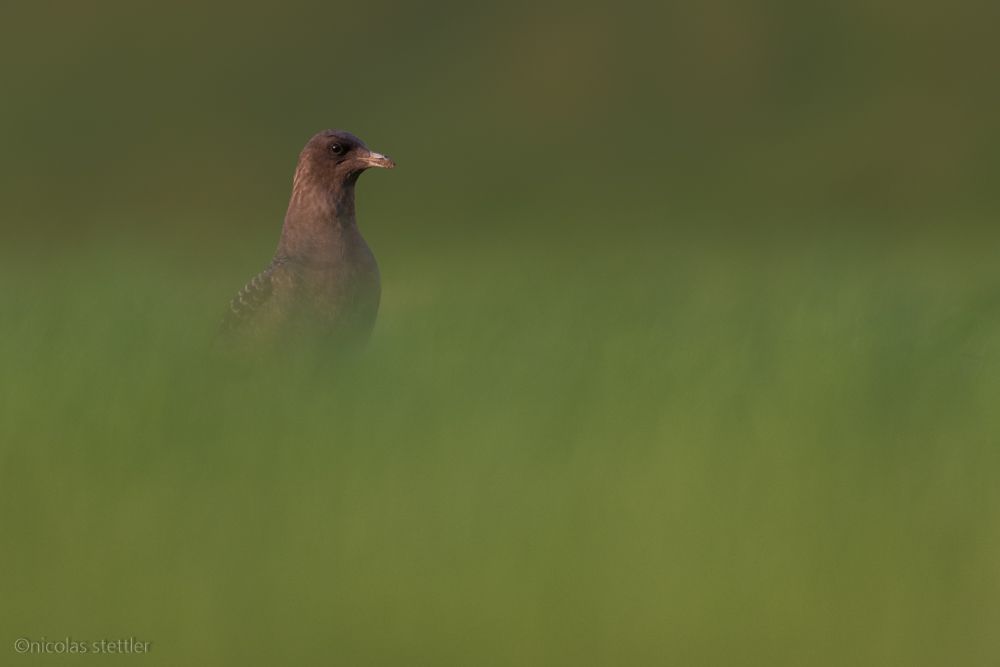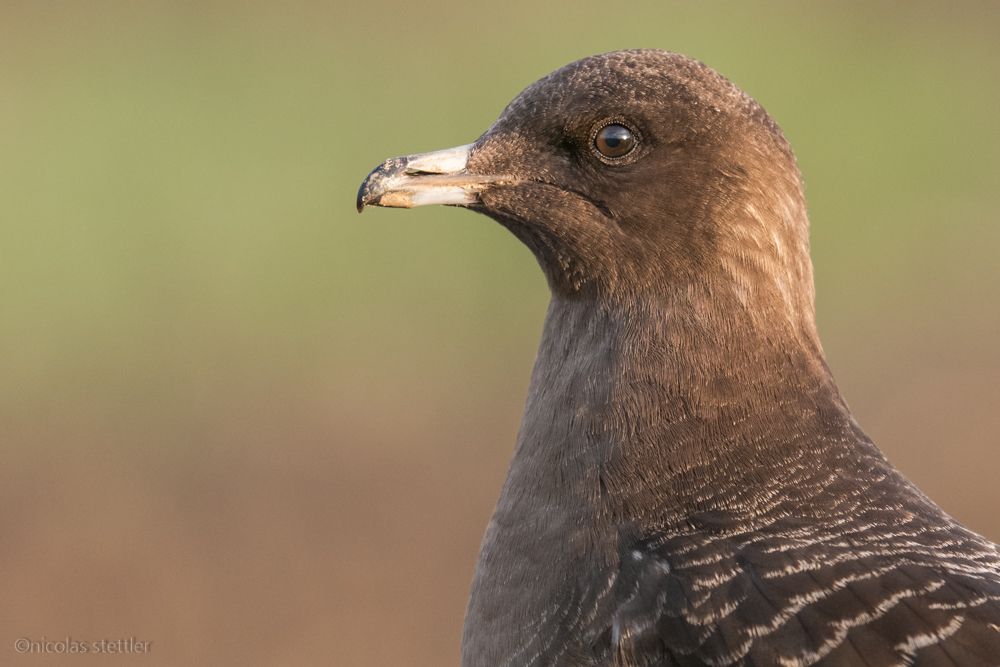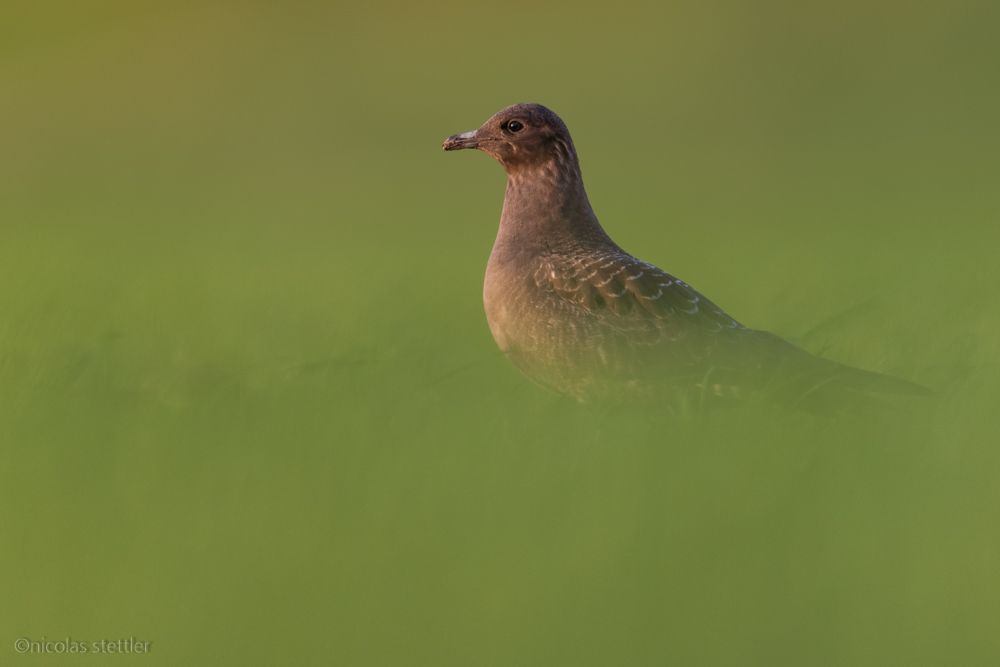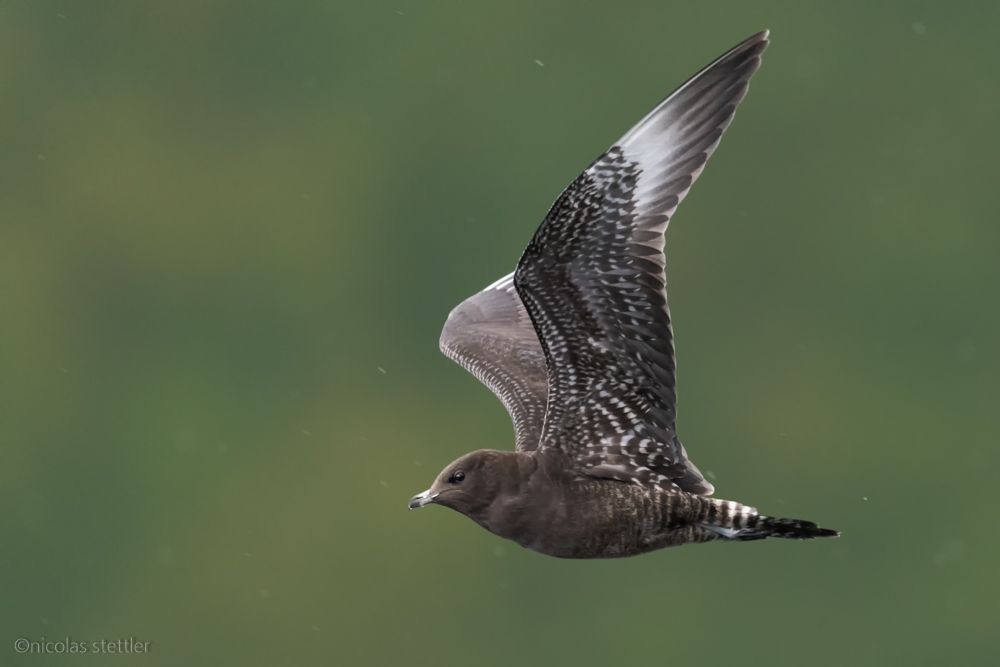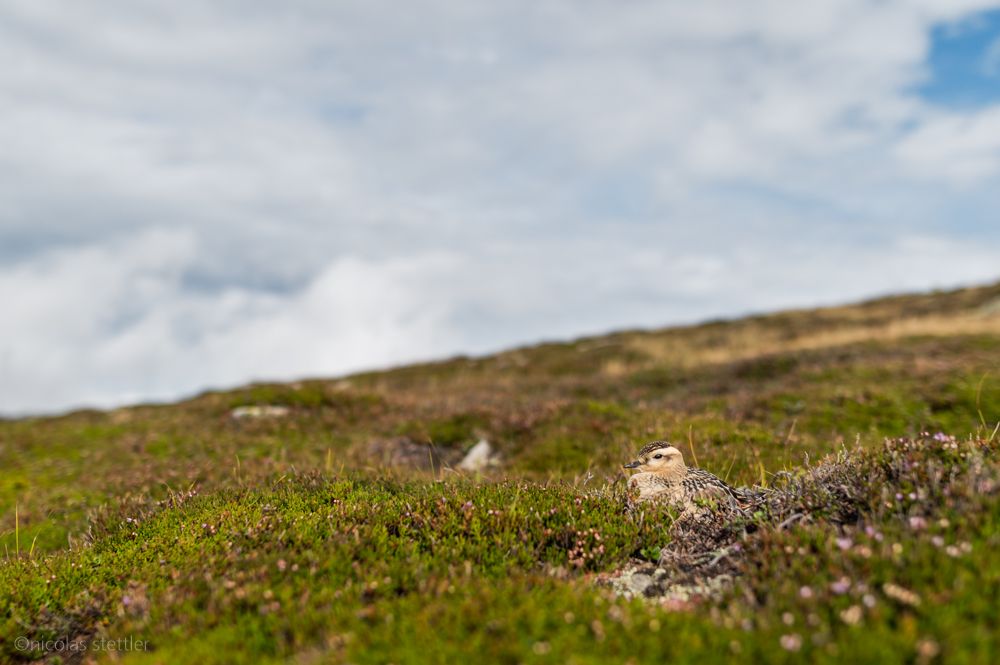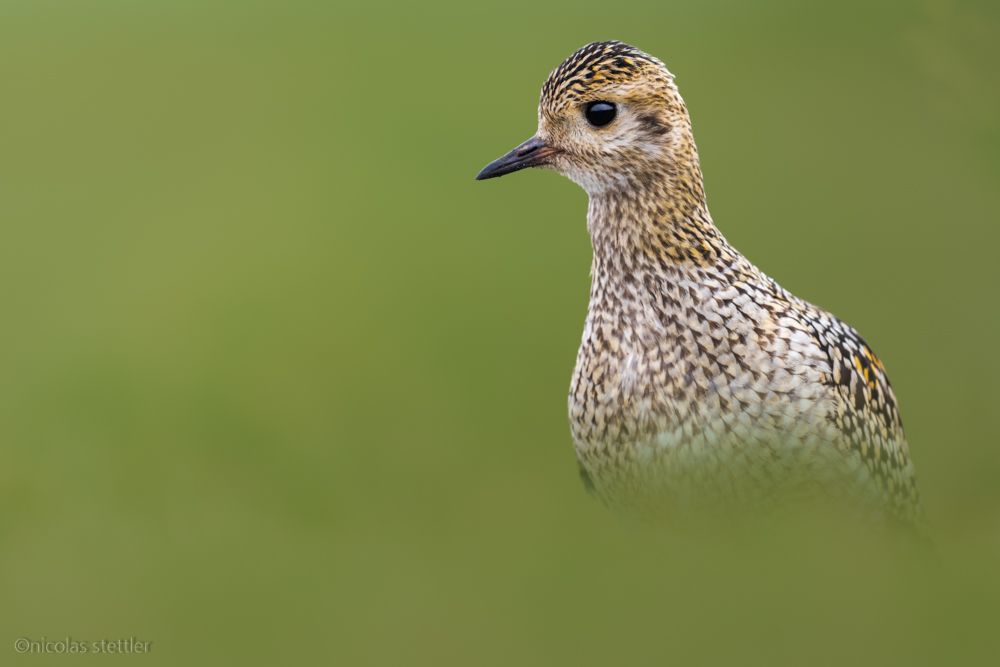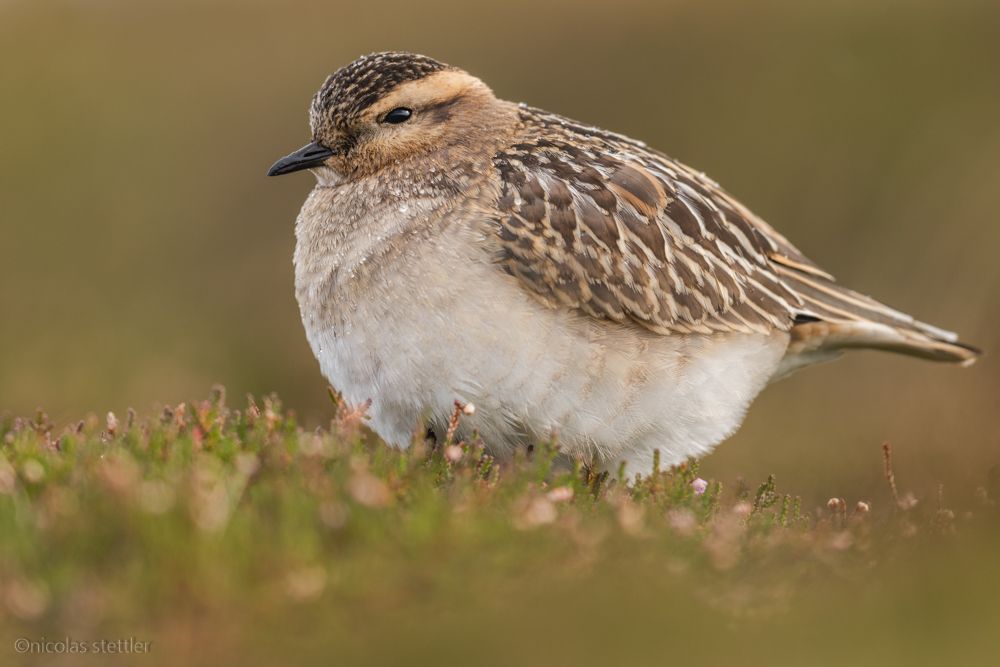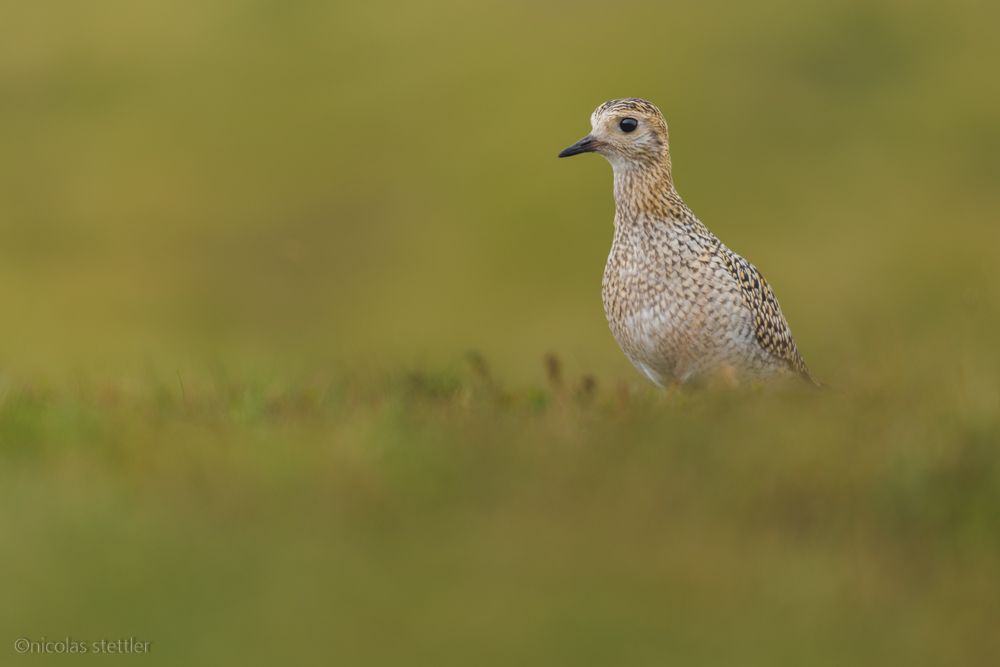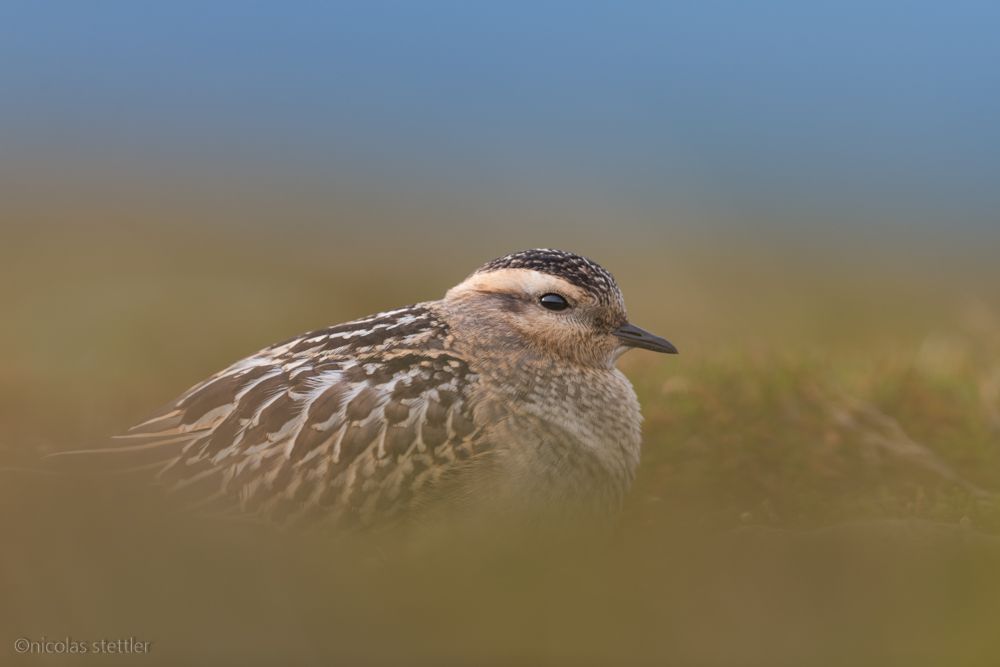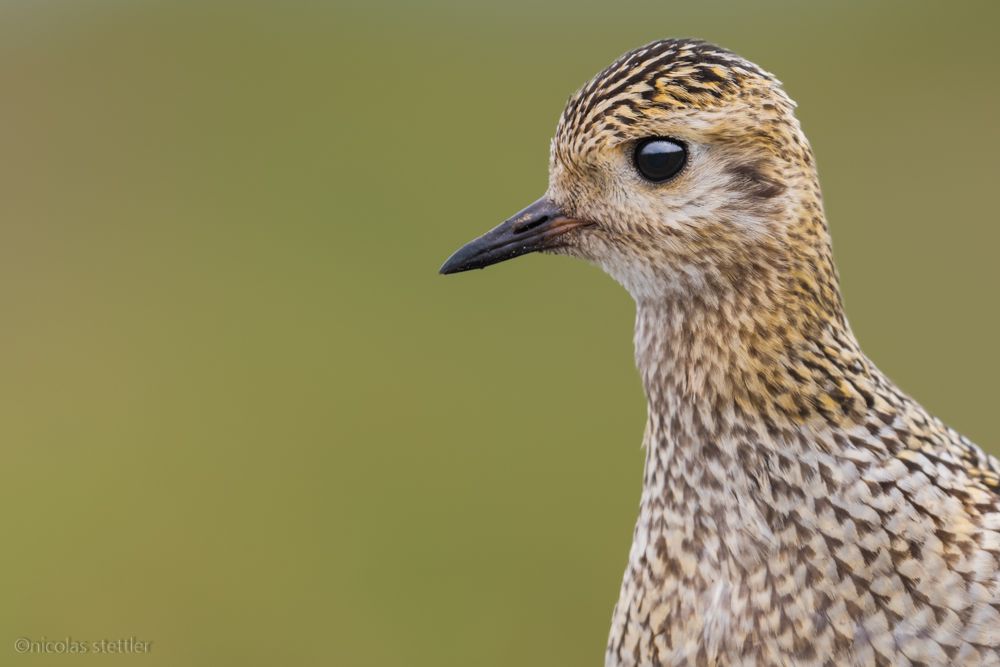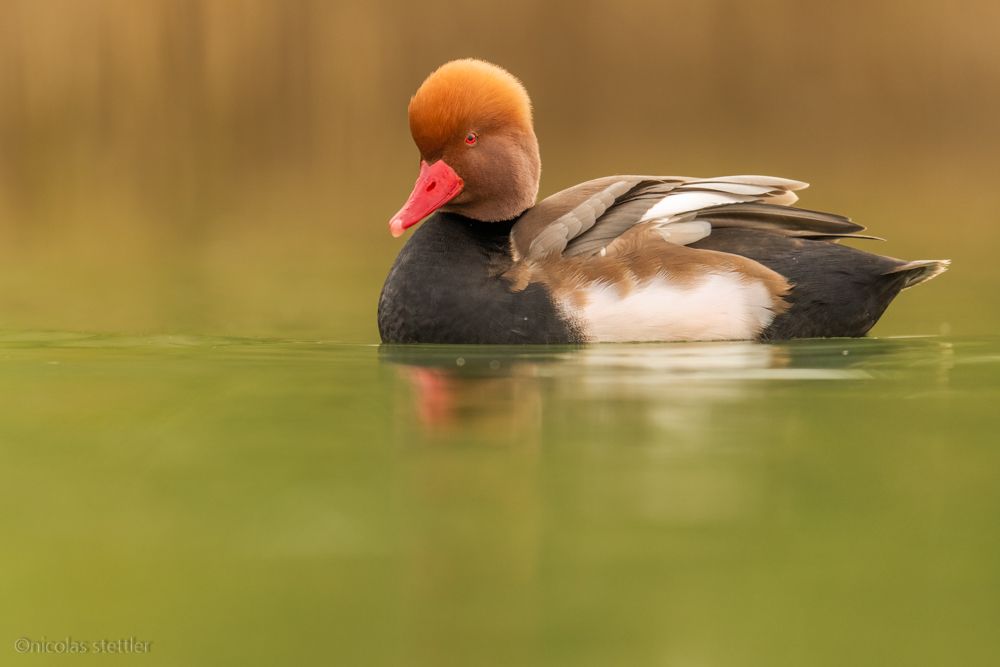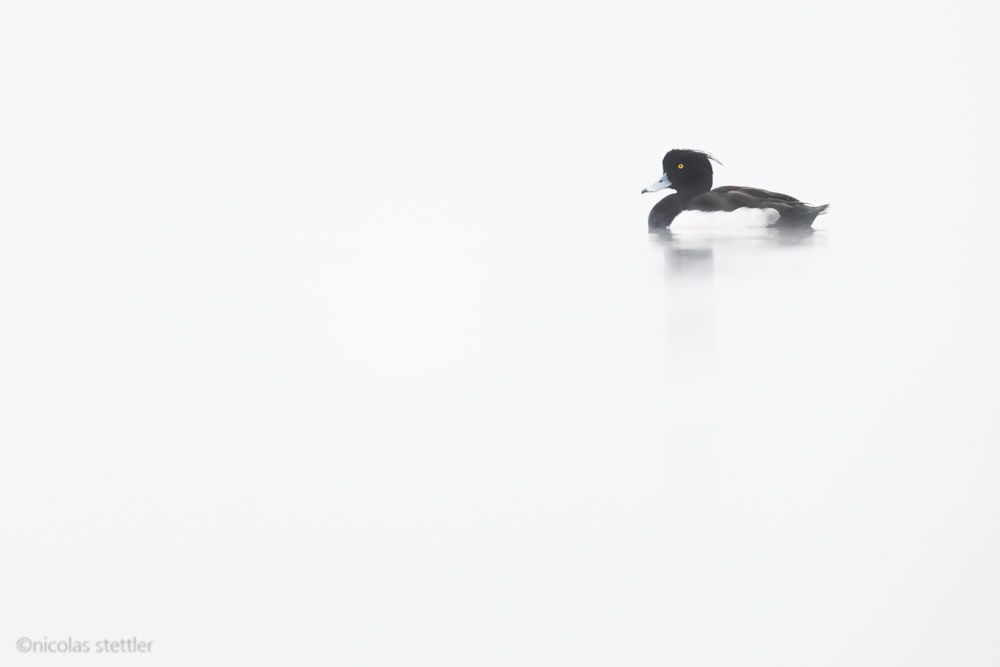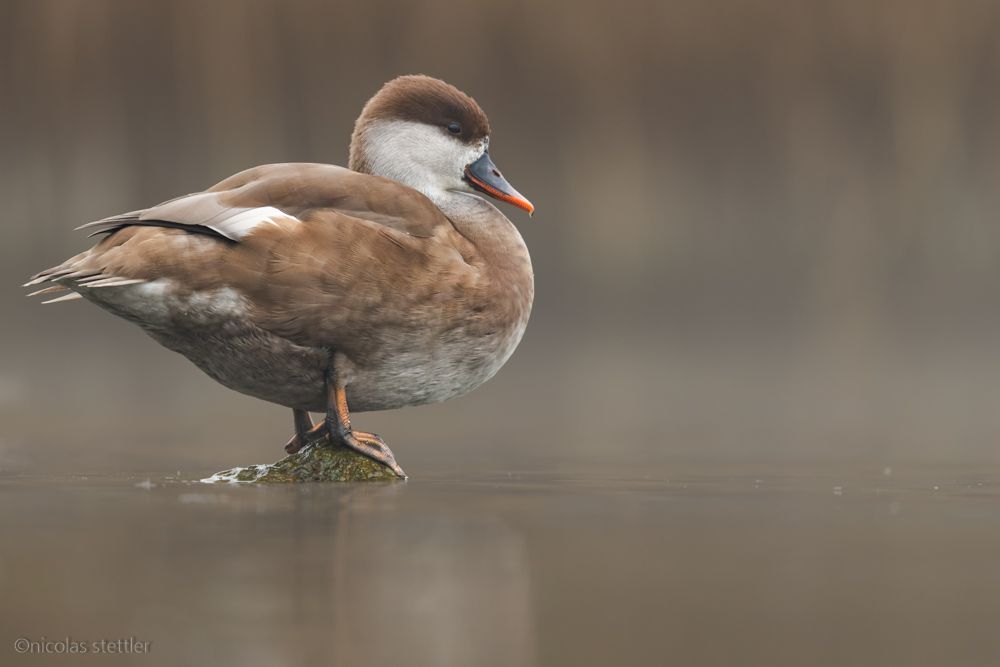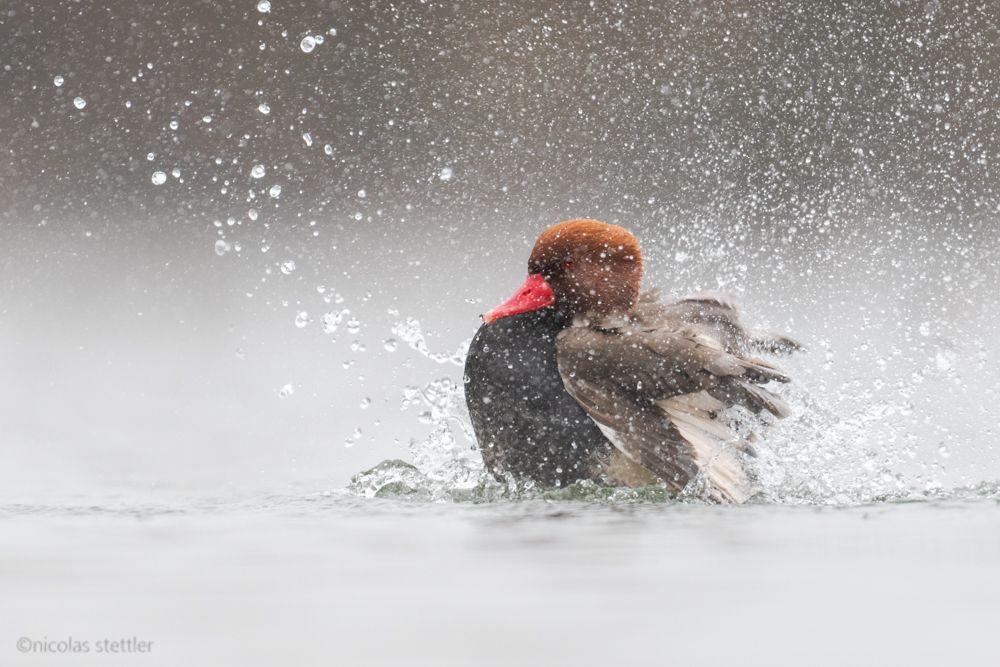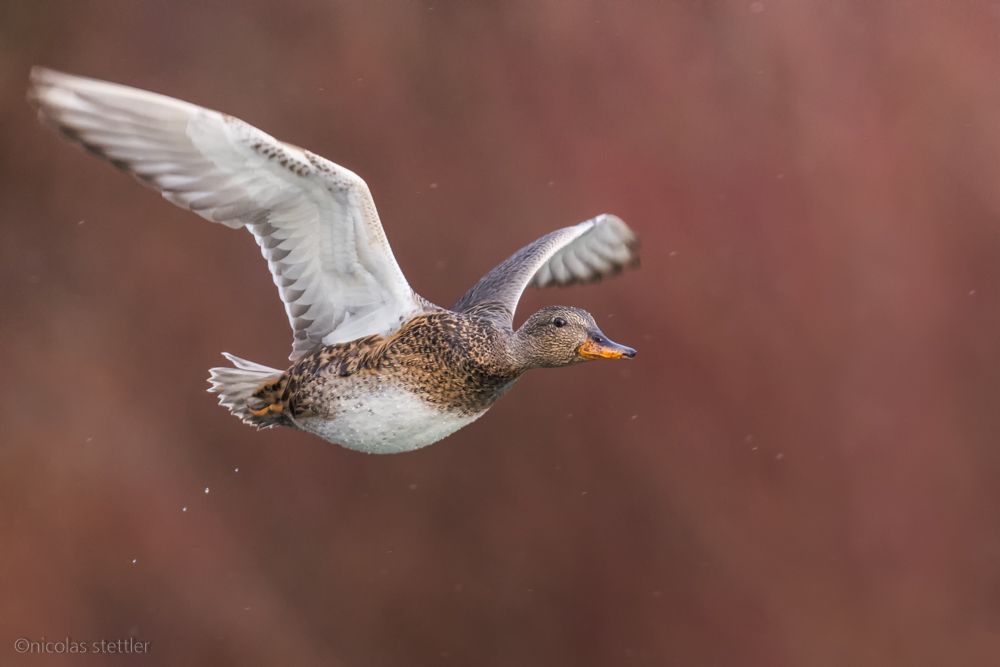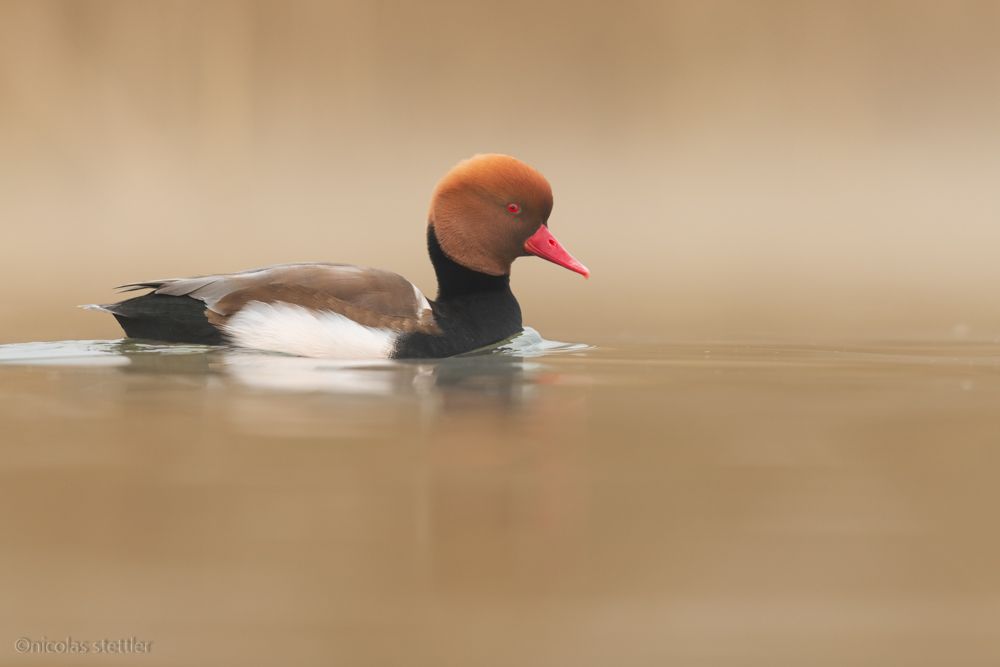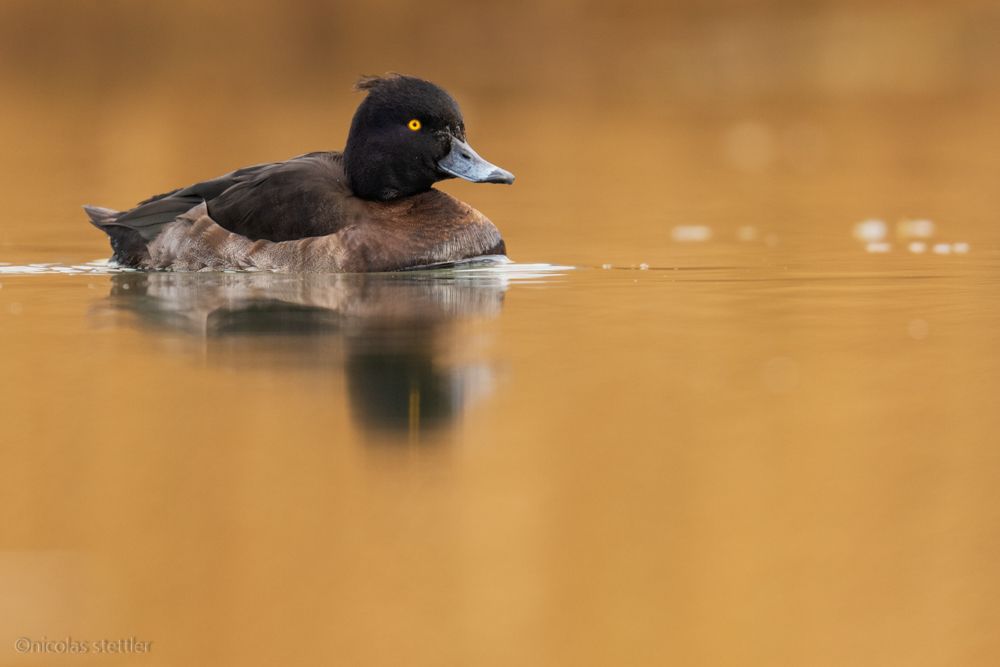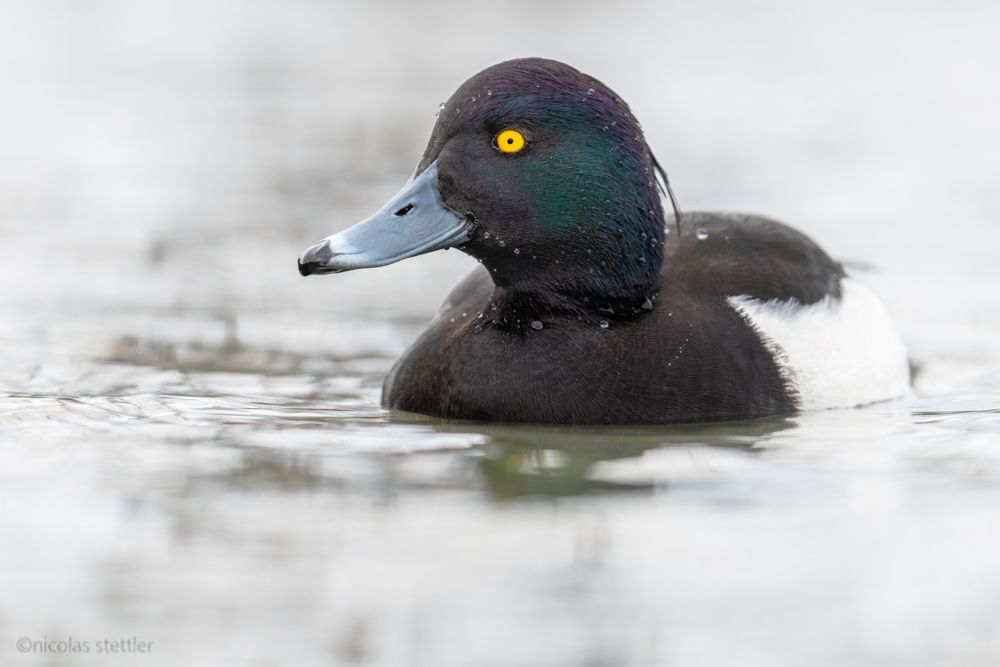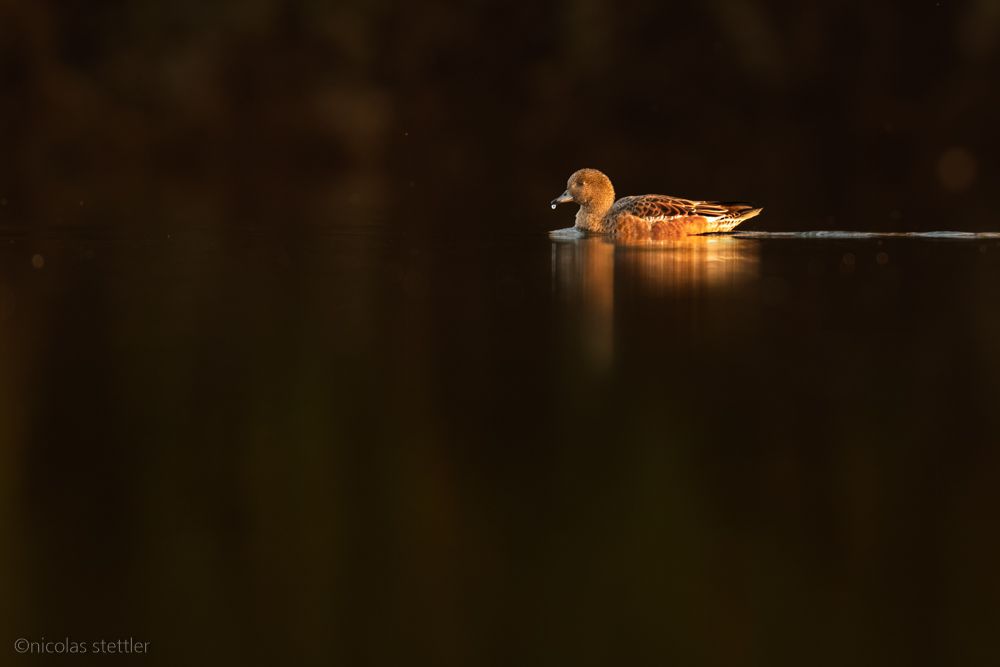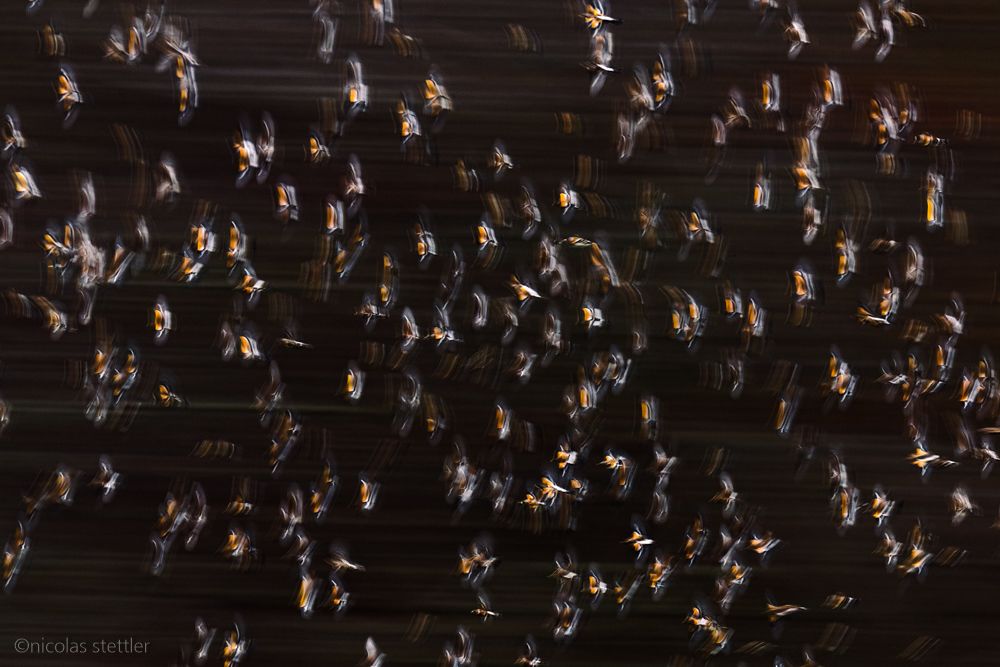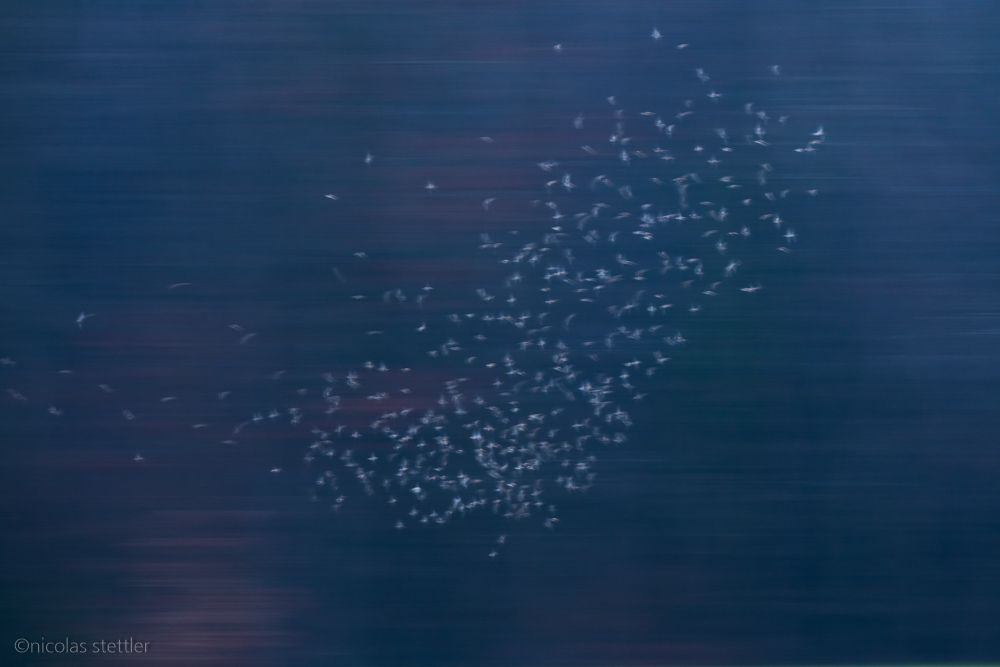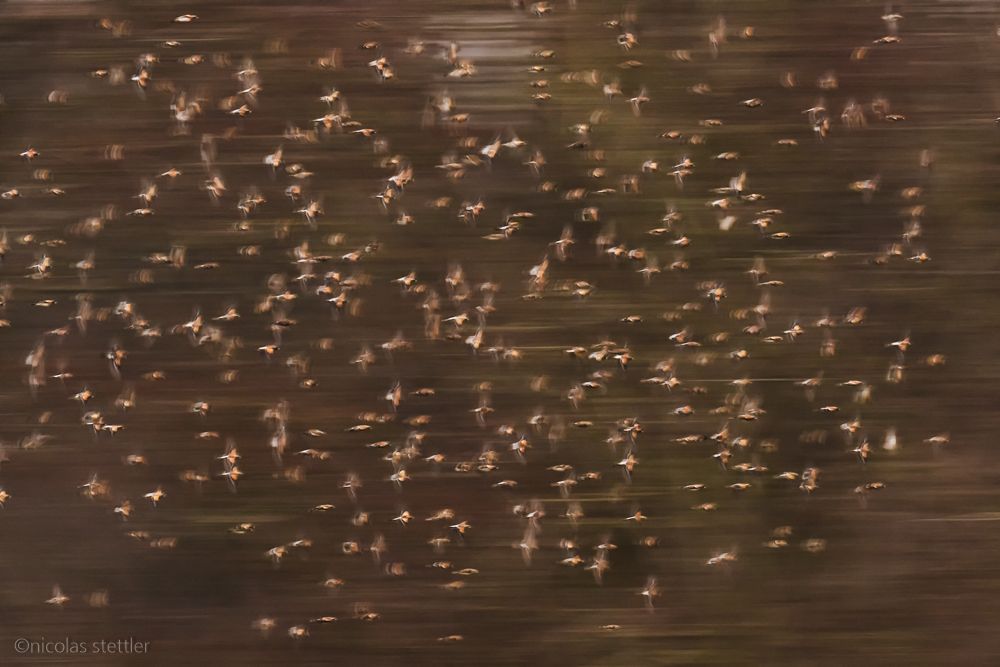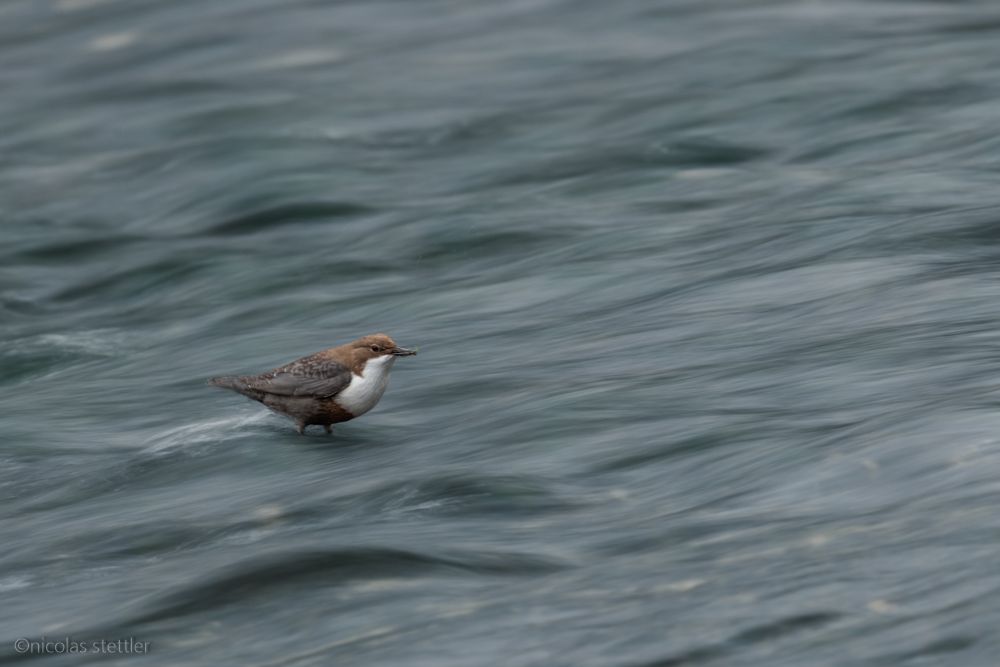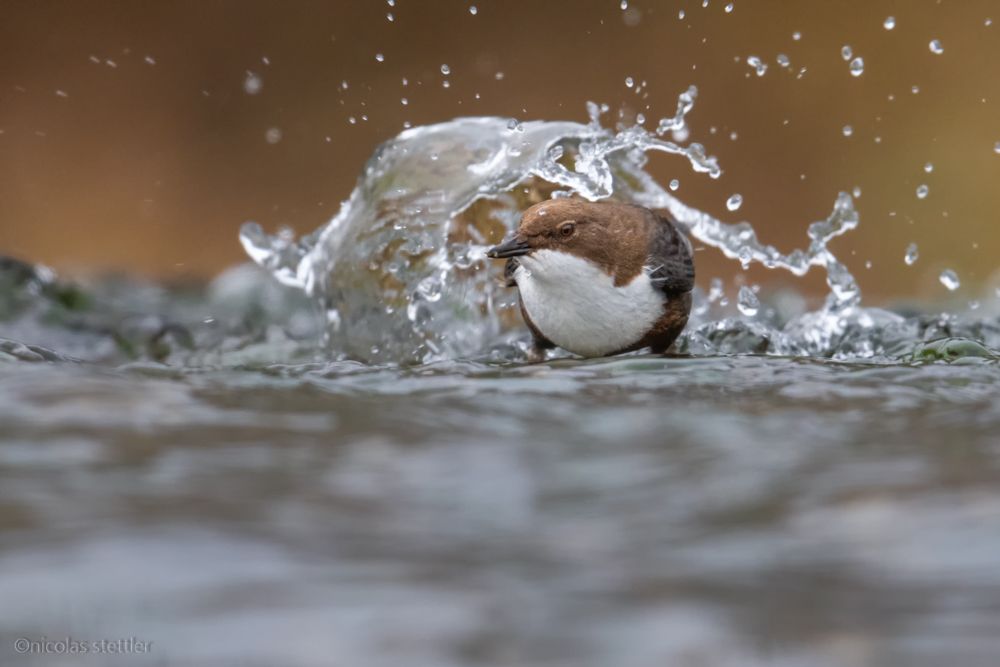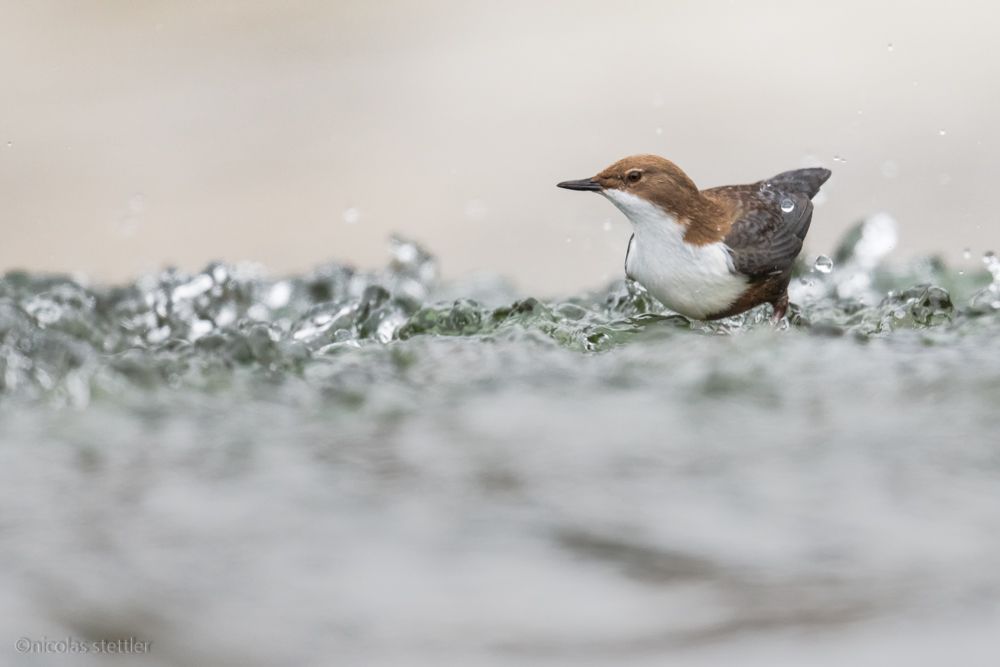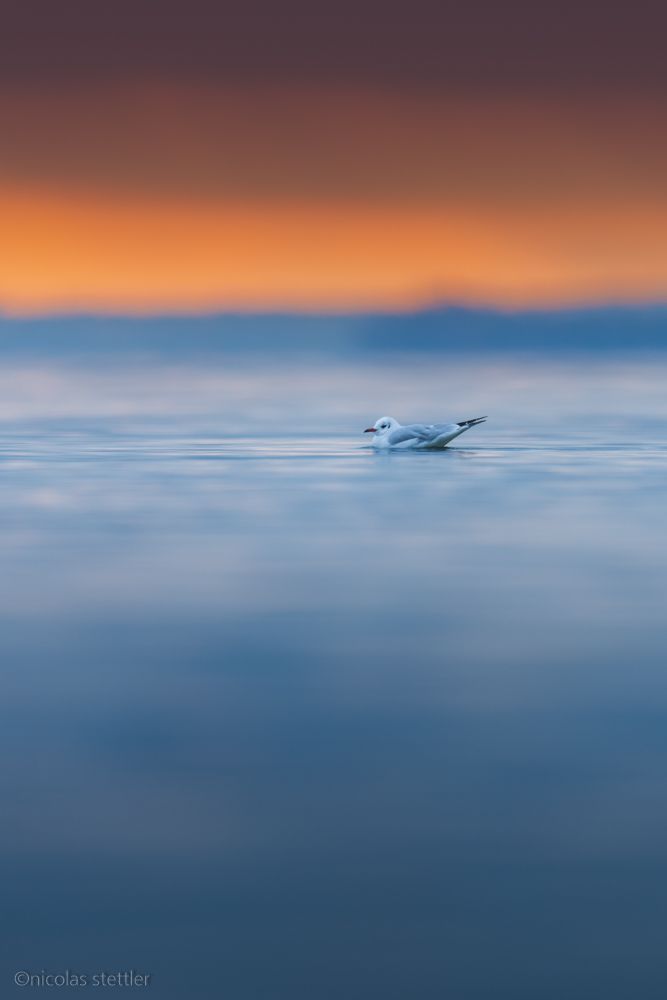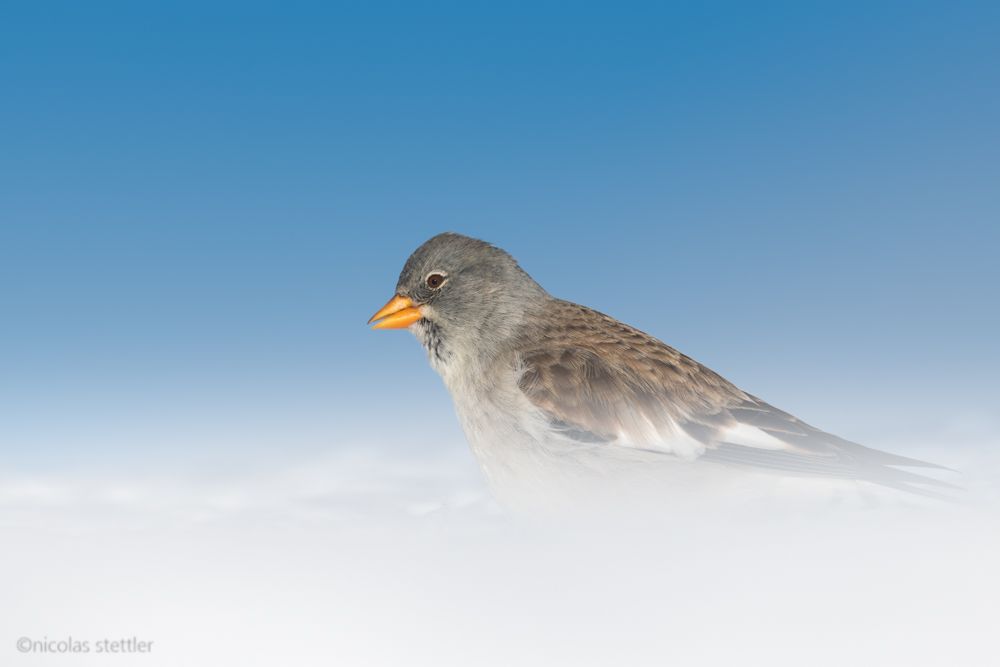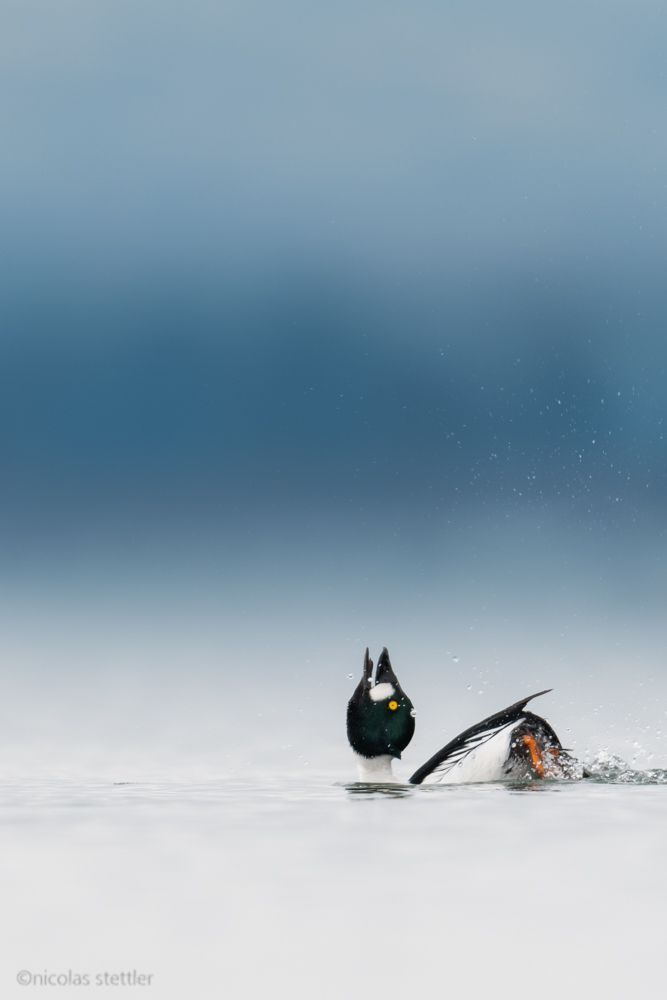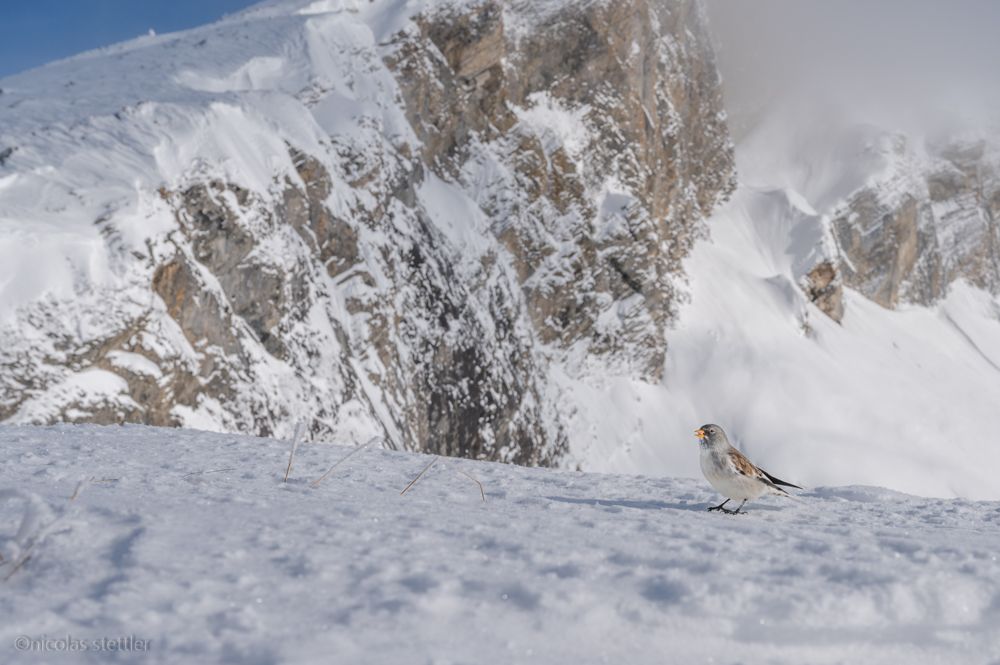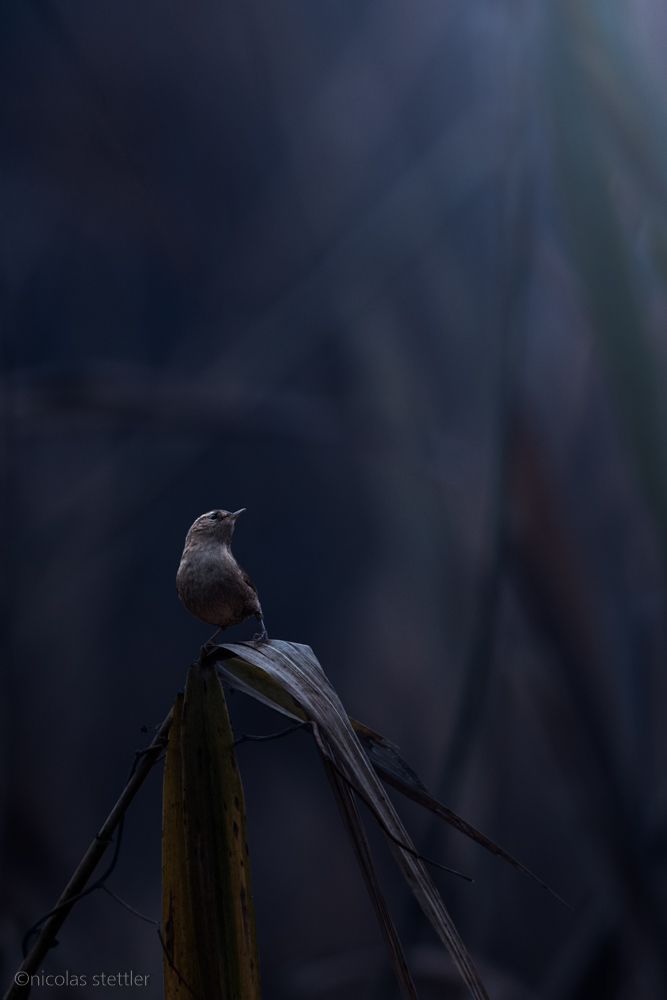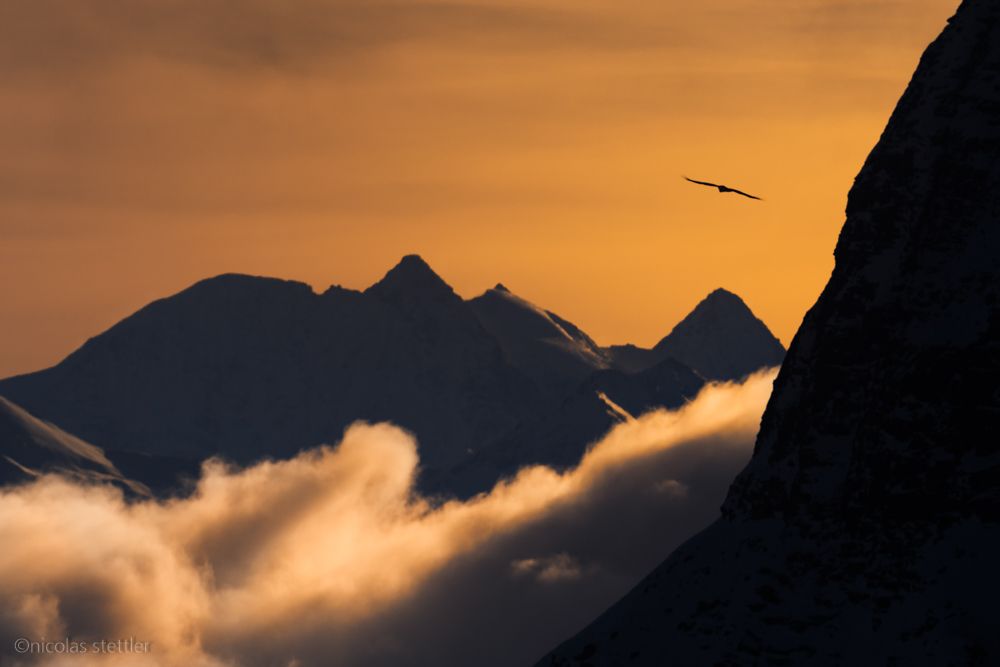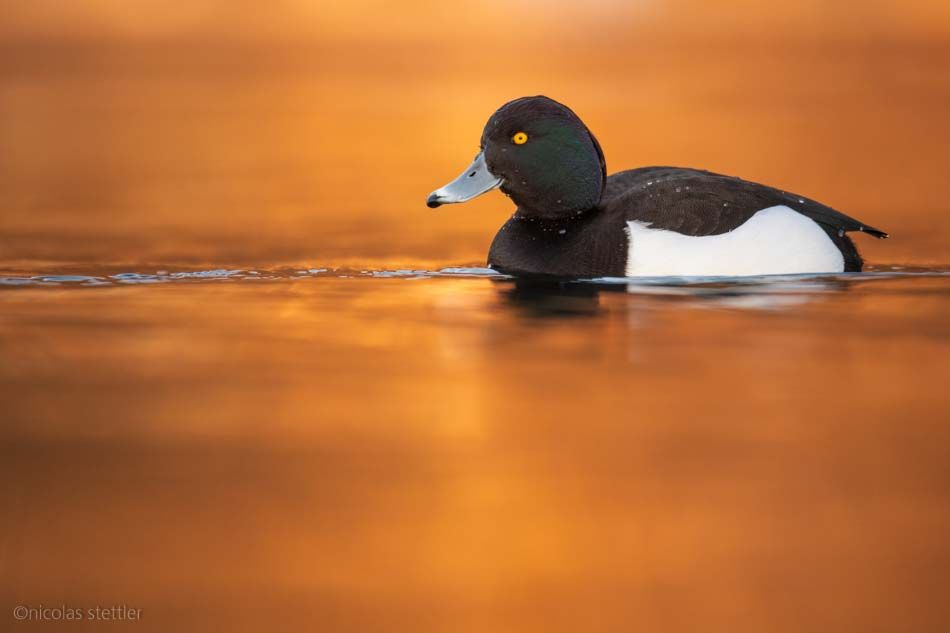Year summary 2020
(Part 2)
The year 2020 is now almost history and it's time to look back on the year. Six months ago, in the summer, I summarised the first half of the year and presented my best pictures. Now it' s time for part 2 with the photos of the second half of the year.
Since I had to work a lot more for school in the second half of the year, my photographic output was a bit lower.
Summer
During the summer holidays I was in Engadin for a fortnight. The highlight of the two weeks was a family of little grebes, which I was able to photograph at close range. Until then, I had a hard time with little grebes. But this family was quite friendly, and I was able to photograph them quite well while they were fishing and feeding and feeding the chicks.
There were also some tufted ducks on the same lake. On one foggy morning I was able to photograph them as well. To show more of the wonderful fog I decided to use a vertical composition. The beautiful gradient in the picture was enhanced by the dark fir forest in the background.
I was also able to take some good pictures of the landscape during the 2 weeks. Among other things, for the first time I was able to take a really good photo of a thunderstorm. You can find more photos from the 2 weeks on my blog article about the two holiday weeks.
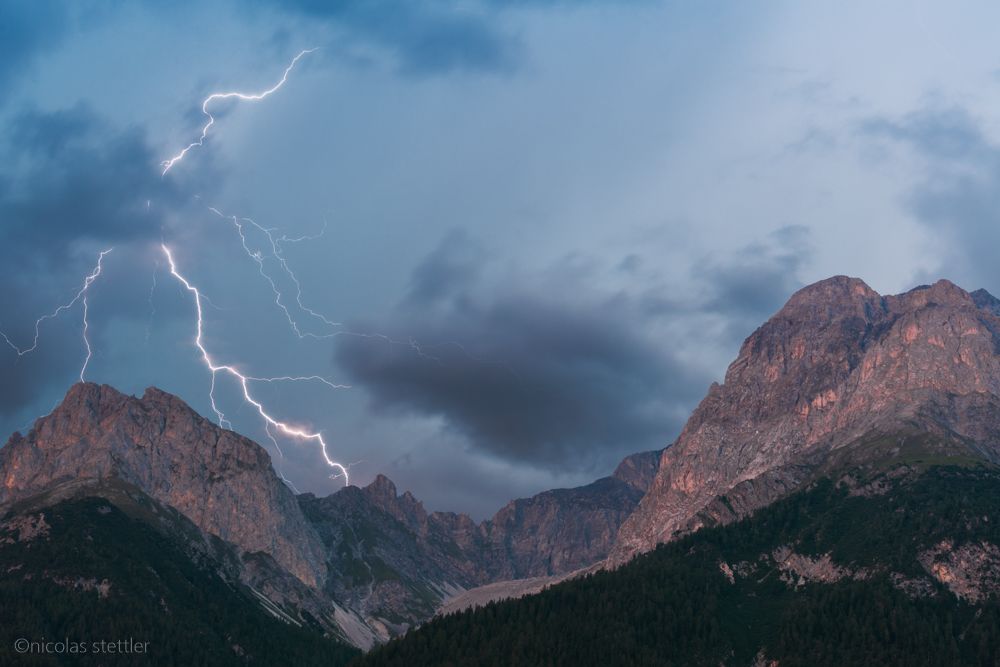
Every year, towards the end of summer, many waders migrate south through Switzerland. Waders have been on my list for a long time and so I spent a lot of time with them starting from the end of August. I was particularly lucky with the dunlins this year and was able to photograph several individuals at very close range. Some of them were so friendly that they almost ran over me.
Autumn
In autumn, I happened to observe a skua flying along a local lake. It wasn’t shy at all and flew past me only a few metres away! Only after longer identification with the Svensson and confirmation by several ornithologists was I able to determine the definitive bird species. It was a long-tailed jaeger! Long-tailed jaegers are quite rare in Switzerland and most of them are individuals that had lost their way.
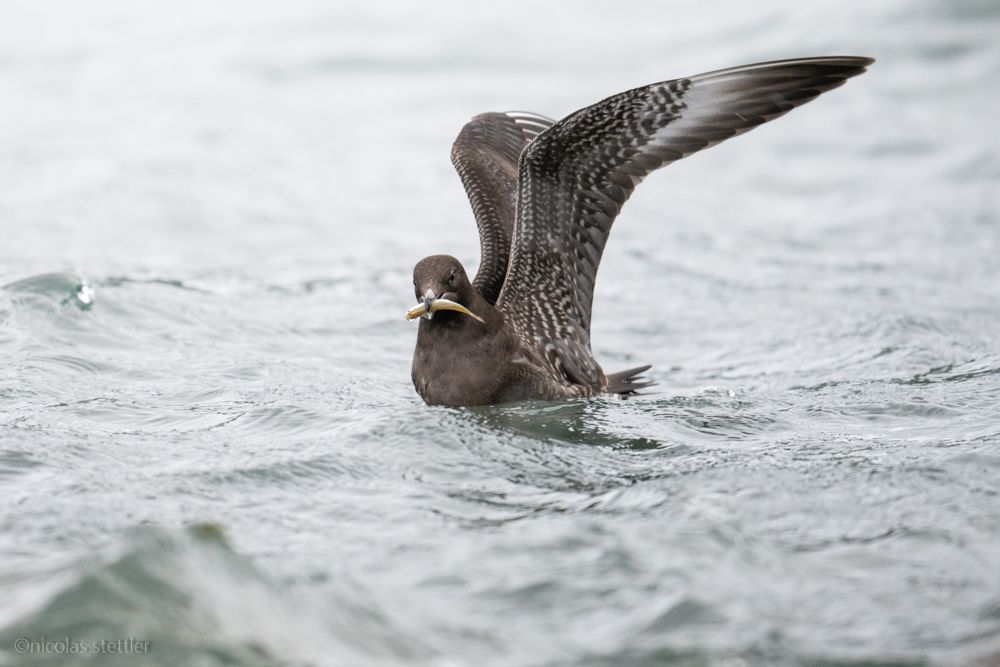
Almost two weeks later, I came across another long-tailed jaeger in a field. I can't say whether it was the same animal. But I suspect it was. The long-tailed jaeger stayed in this field for almost a whole week. It attracted hundreds of ornithologists and photographers. But it didn't seem to bother them and mostly sat just a few metres in front of the photographers. Every now and then the bird would pick worms from the field or fly around the field a bit before landing in front of the photographers again.
For two days during the autumn holidays, I went once again to the Bernese Oberland in search of ibexes. I didn't have much luck with them, but I was able to photograph not only a golden plover, but also two eurasian dotterels. All three were extremely cooperative and I was able to photograph them relatively well.
With autumn, the winter visitors also gradually arrived in Switzerland. In my region, these are mainly water birds. So in autumn I spent a lot of time in the Floating Hide photographing the arriving birds from the north. The exception is the red-crested pochard. Although it also winters in Switzerland, it tends to come from the southwest, from Spain.
Winter
The sun had then also more or less said goodbye in autumn. Most of the time there was high fog in the region and the sun only appeared for a short time. Because of this, the days were even shorter and during the week it was usually already too dark for photography when I came home from school in the afternoon. That's why I couldn't take many photos. After I had finished my Matura thesis and there wasn't much else to do at school, I had a bit more time to take photos again.
It was just the right time, because only recently a huge flock of bramblings flew into the region. It is estimated that there are over a million of them, which fly into the same forest every evening to spend the night. In the morning, the bramblings then fly off in flocks in all directions, searching for food in smaller groups. Towards evening, the birds gather again. These huge flocks are a true spectacle of nature and so I spent several evenings photographing these birds.
After taking some photos of the flocks with fast shutter speeds, I finally tried to take some more special pictures. So I chose rather slower shutter speeds and tried to take panning pictures. In these pictures, the background becomes blurred due to the movement and the long exposure time. The flying bramblings, on the other hand, remain relatively sharp. This way of shooting produces quite a lot of unusable images, but when successful it can create a very special image effect.
I already have many new ideas and plans for next year. But what I should succeed in doing is still written in the stars. I will also be offering workshops from next year. Join me photographing birds in the region and you can benefit from my experience, tips and tricks. You can find out more about the workshops under my offers. Concerning the website, I also have some things planned and some articles are almost written. If you don't want to miss the articles, I recommend you to subscribe to my newsletter. At the beginning of each month, I will inform you about all the new articles, photos and more.
